Wines of Piemonte: Arneis
Wines of Piemonte: Arneis
While the lush, green hills of Piedmont have served as an ideal birthplace for supreme Italian reds like Barolo and Barbaresco, the region also produces the veritable “liquid gold” of white wines. Classified as “white Nebbiolo” at the turn of the last century, the Arneis grape was originally used as a blending grape to smooth the intensity of the tannins in Nebbiolo wines. The Arneis grape originated from an ancient varietal named “Renexium”, which is native to the hills of Roero, a wine producing zone outside of Alba and located in the Piedmont region of Italy. Although Piedmont has been historically prized throughout the centuries for producing top quality reds, the Roero zone in particular is experiencing a rebirth as a result of its production of rare and sophisticated Arneis wines.
The existence of Arneis can be traced back to the 15th century when the first musings about the wine were cited in documents referring to the specific winemaking zone of Roero. Affectionately known in the local Piemontese dialect as “the little rascal”, the grape was given the moniker due to its capricious nature and limited plantings. The ingenuity of the local vintners was brought to fruition however, when the area became known for the production of Vermouth in the late 1700’s. While producing Vermouth, winemakers began to note the quality of the white grapes that were indigenous to the area, specifically the merits of the Arneis grape. The Arneis variety then became the blending grape of choice for nearby Barolo producers, which continued until the entire winemaking region was devastated during both world wars as locals fled the countryside and abandoned their winemaking operations. When vintners began returning to the area in the 1960’s, their focus was to use the land exclusively for the production of Nebbiolo. As such, Arneis plantings were almost completely decimated, with the few remaining vines used to line the Nebbiolo vineyards to protect the valuable grapes from being eaten by birds and other animals. Beginning in the 1970’s, a few visionary wine producers decided that the quality of the region’s grapes was universal and that is was just as feasible to produce a quality white wine as a quality red. Winemakers began experimenting with growing the grape in different types of soil in order to develop a greater understanding of how to cultivate the grape successfully while maximizing the unique flavor of the variety. At the onset of the 1980’s, consumers became more interested in exploring the world of white wines, and the Roero Arneis producers were at the forefront of white wine production in Italy. Piedmont, already renowned for its exquisite reds, had refined its reputation to include fabulous white wines, particularly the mysterious and lesser known Arneis. White wines from Piedmont became au courant with consumers and Arneis put Roero at the forefront of the trend. Soon more and more Arneis vineyards were being planted until finally in 1989 the wine was granted DOC status. While the planting of Arneis vineyards remains on a boutique scale even today, the popularity of the varietal has been steadily growing since the late 80’s and has added greater breadth to Piedmont’s existing portfolio of world class wines.
Arneis grapes usually produce wines with a minimum alcohol content of 11% and are used in the creation of both still and sparkling offerings. The sparkling version of the wine is Roero Arneis Spumante, which features a toasty aroma with hints of vanilla. Traditional Arneis is uniquely complex with a soft bouquet of fresh flowers, ripe fruit and hazelnut, offering greater depth than most other white wines. The wine is delicately dry on the palate with a velvety finish, and exhibits an intense yellow color along with slight shades of green. While Arneis exudes a viscosity and potency similar to a red, connoisseurs agree that it should be drank young, not lending itself well to aging.
Arneis pairs well with river and lake fish, white meats like poultry and pork, simple pasta recipes, vegetables, and rice based dishes like risotto and paella. The fruit present in Arneis also helps to lift the heft of rich desserts like custards and creme puffs. The next time you are in the mood for a hearty white wine and want to reach for something more complex than the expected Chardonnay or a change from your favorite Viognier, Arneis will most certainly find a happy home at your table.

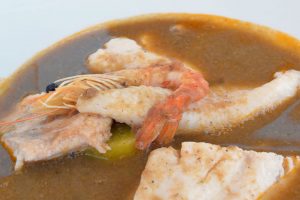
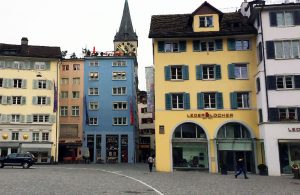
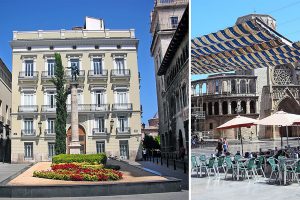
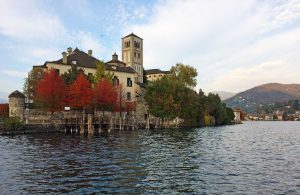
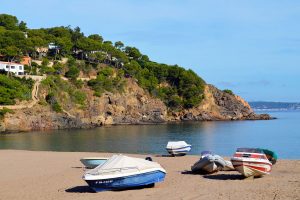
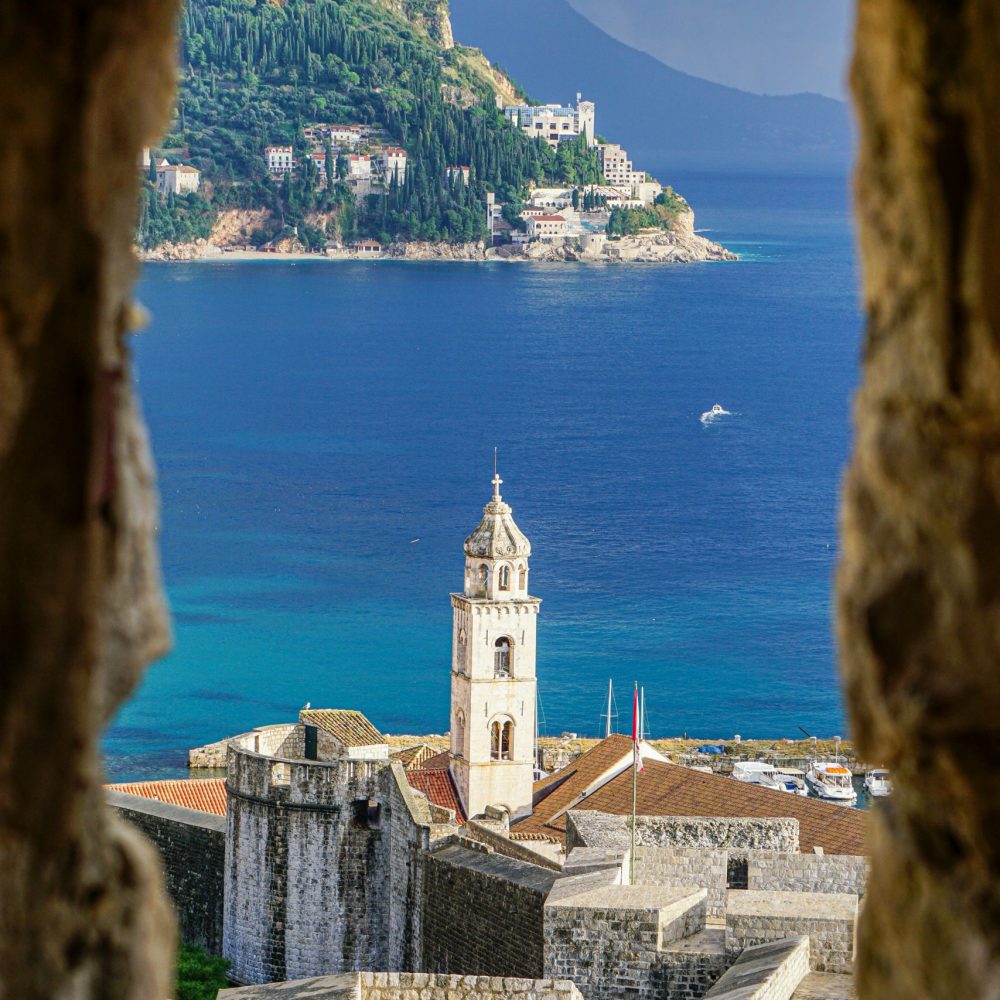
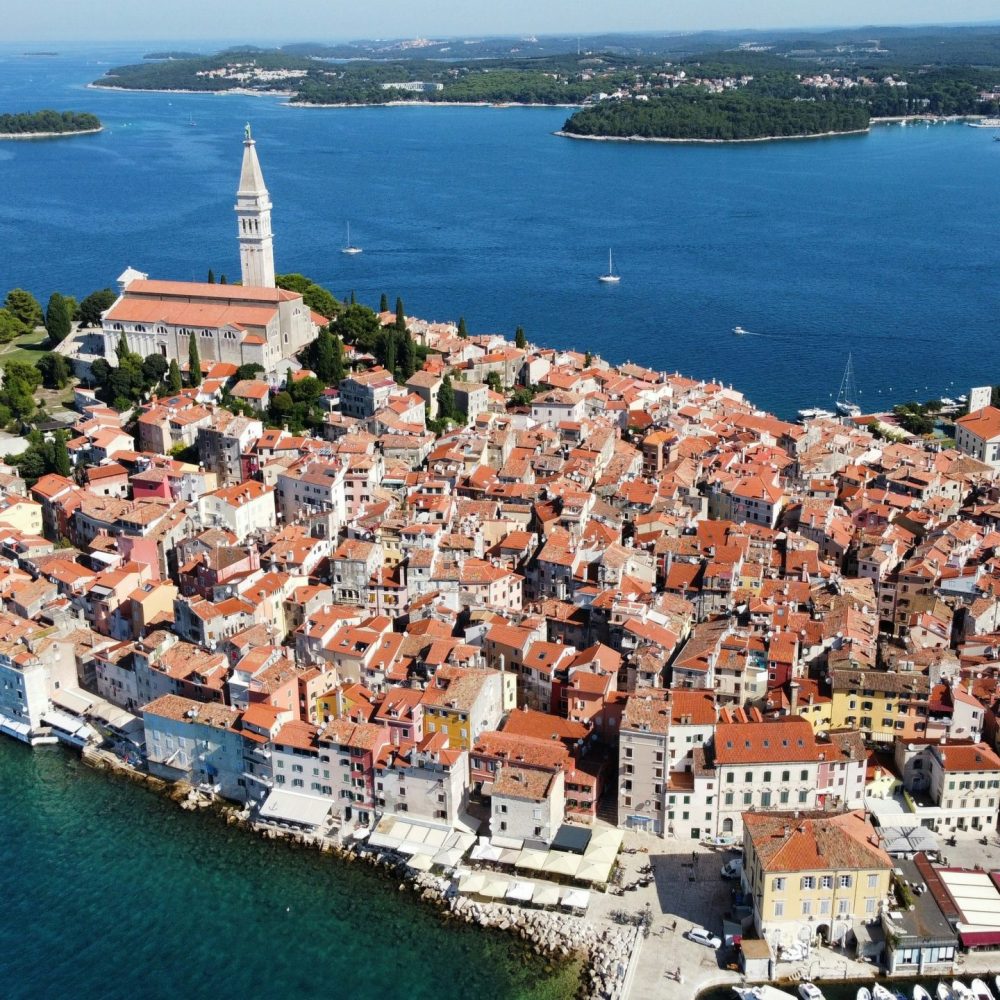

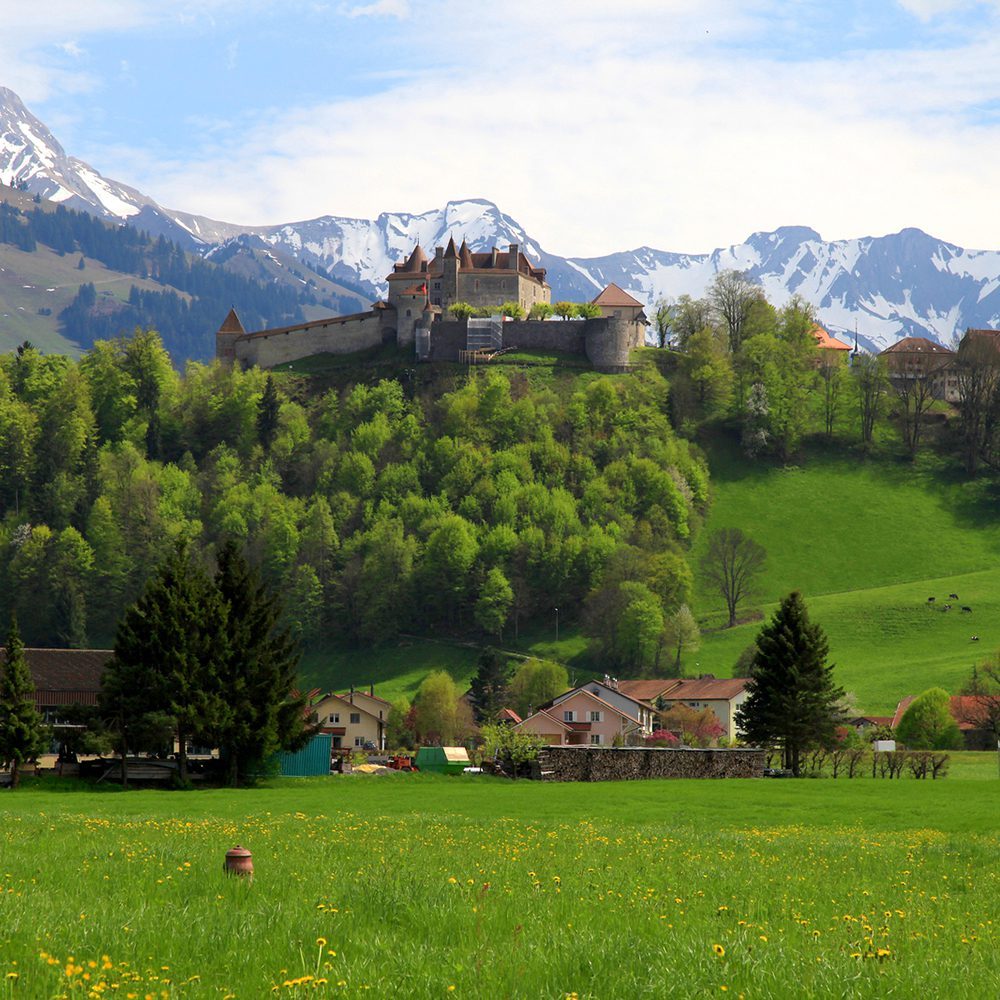
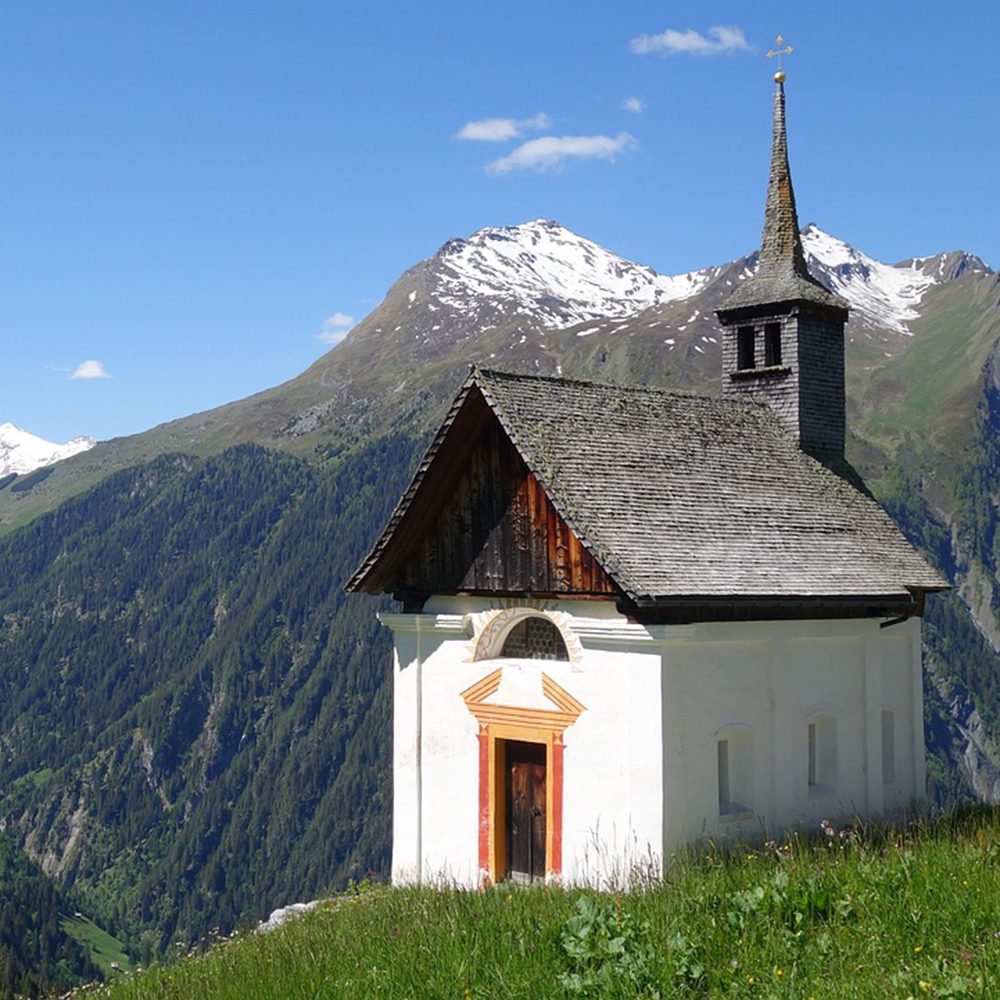
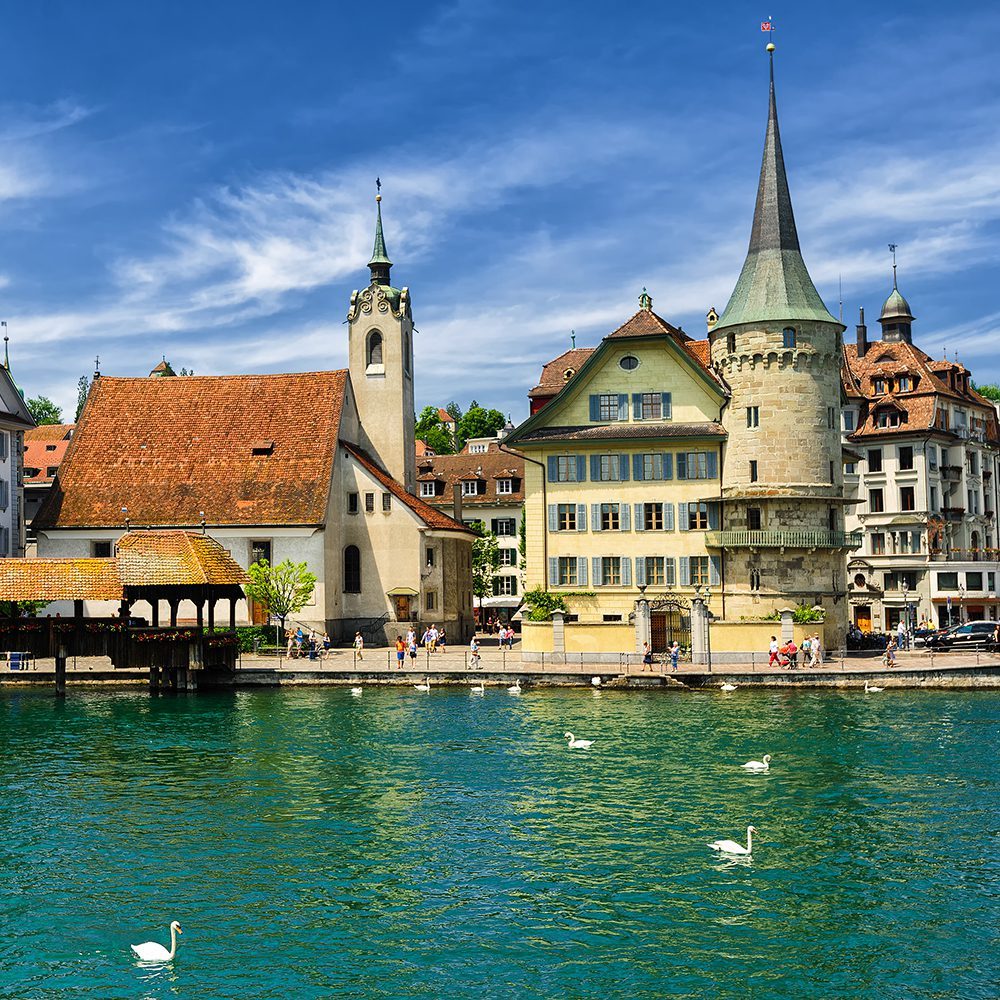
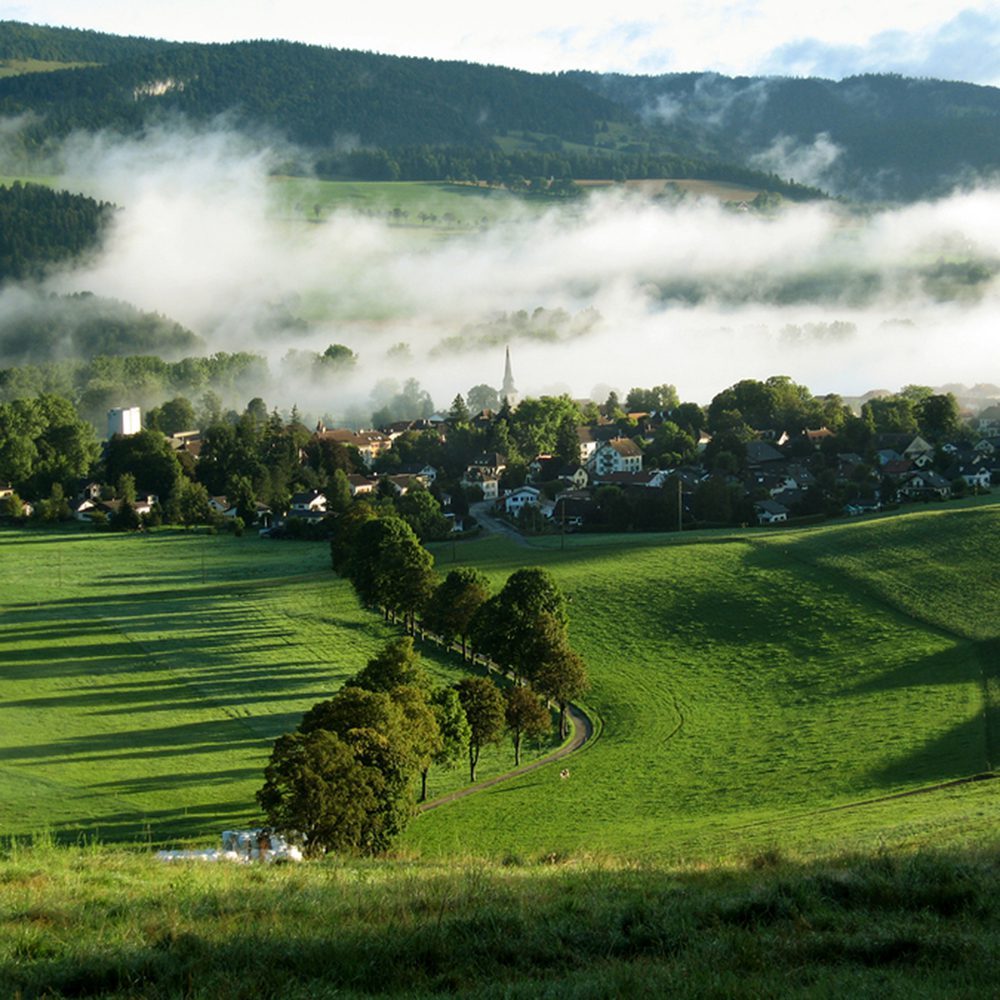
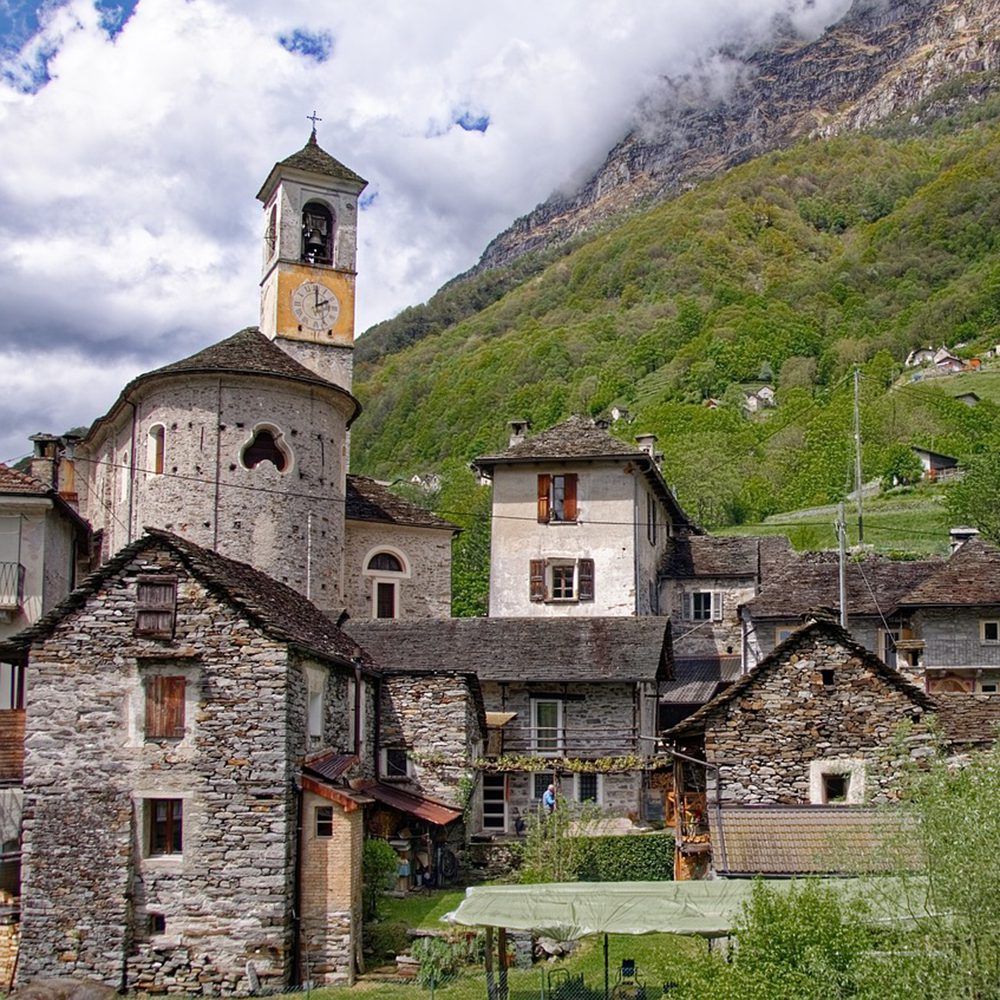
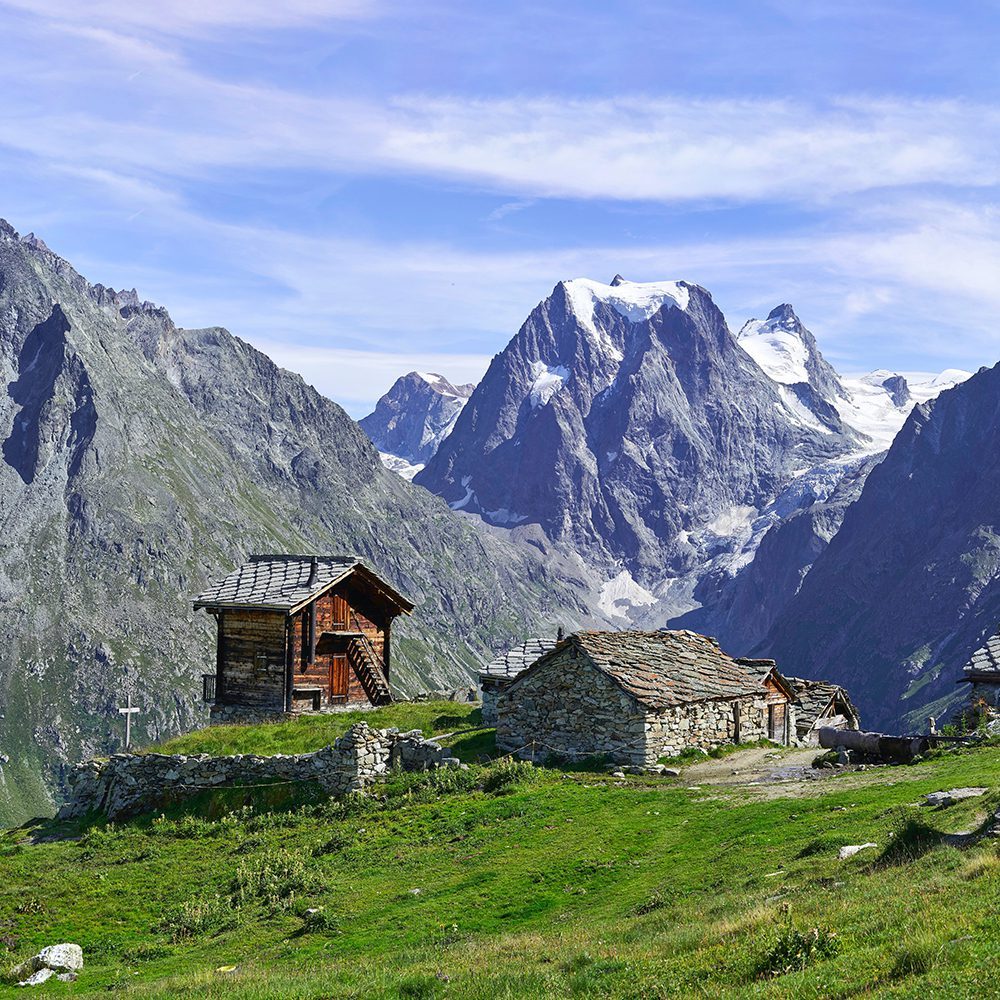
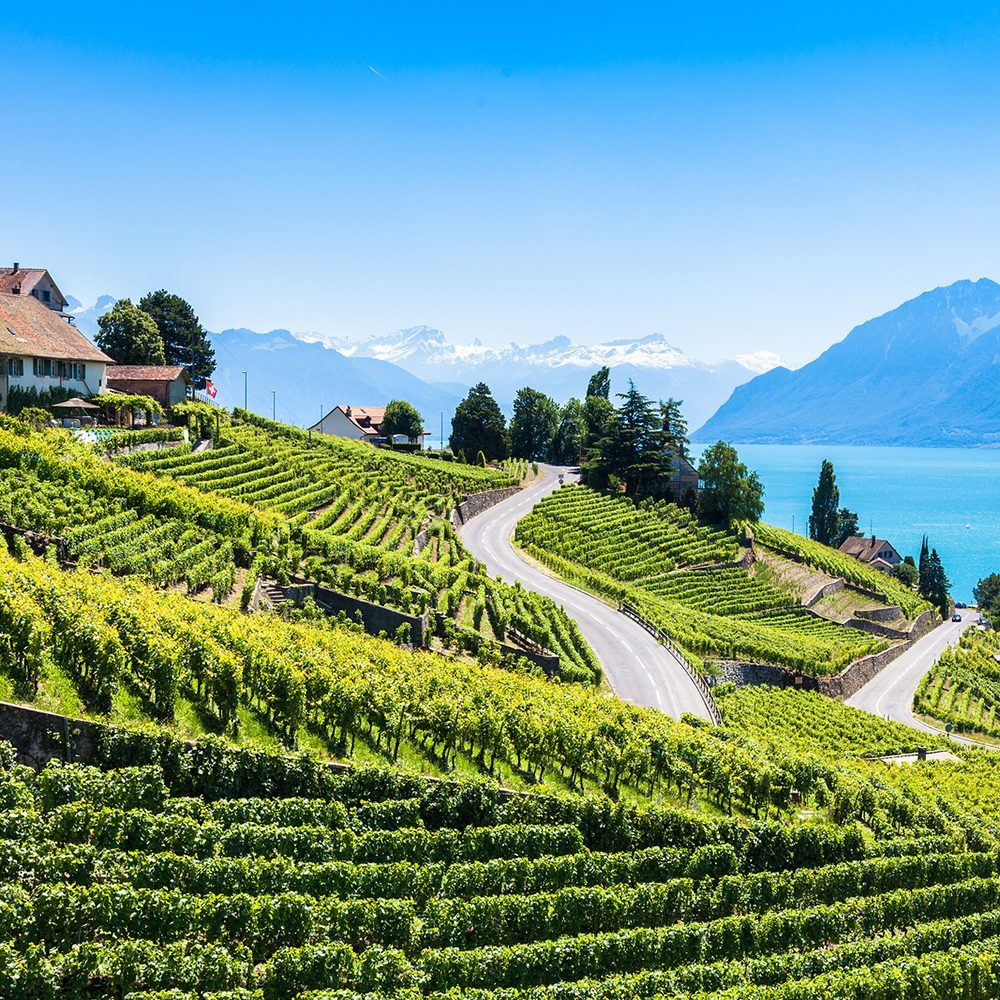
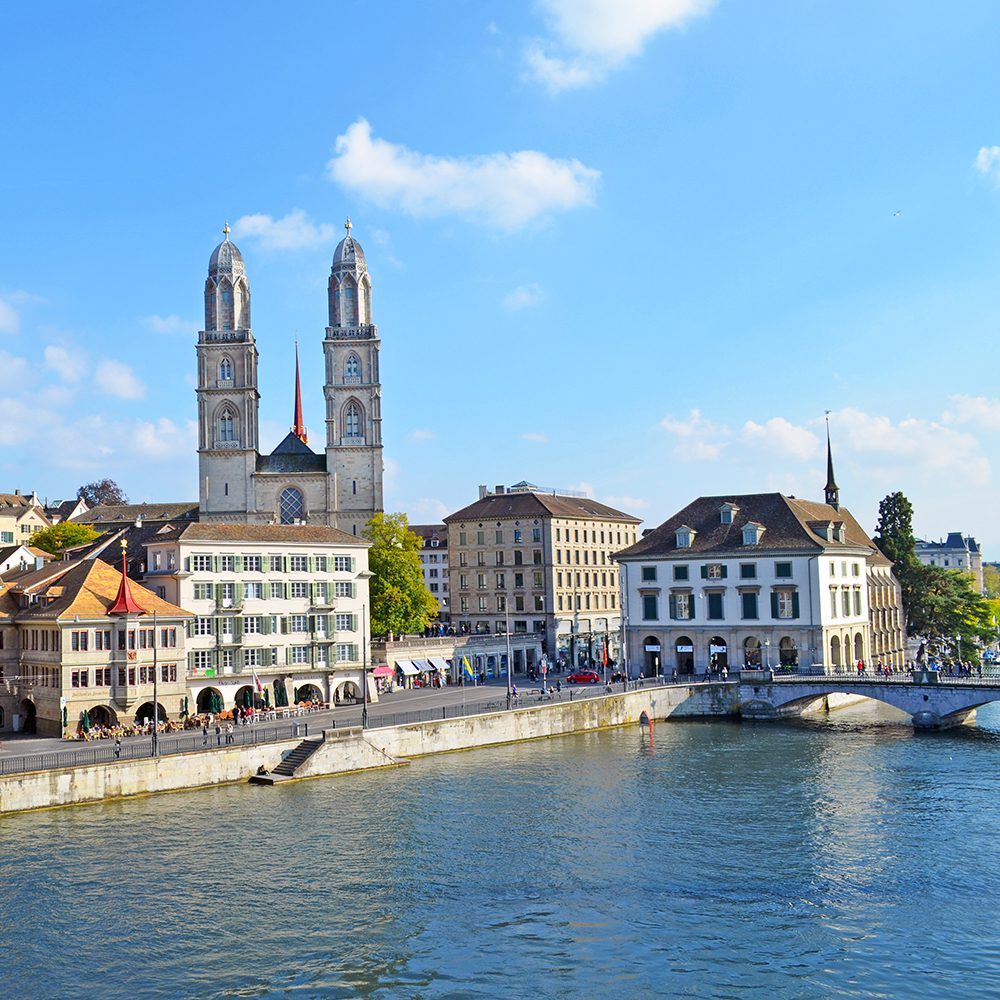
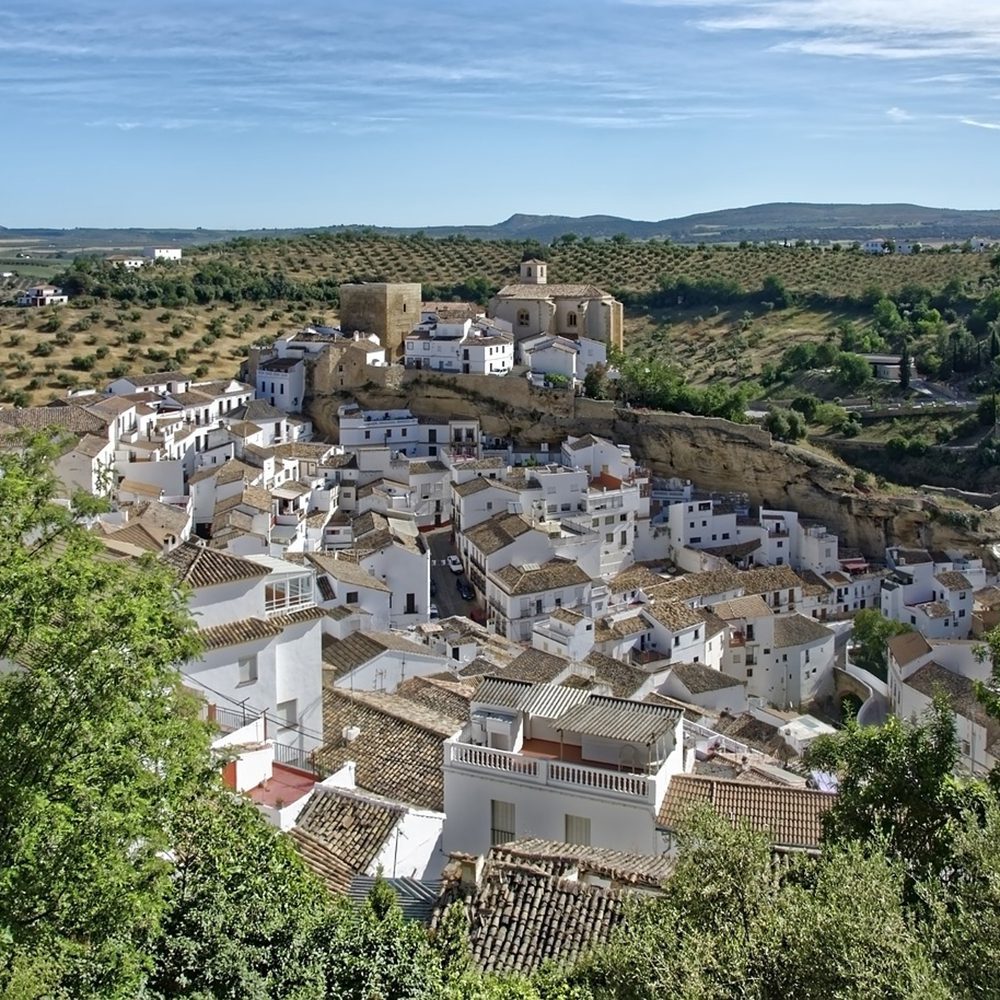
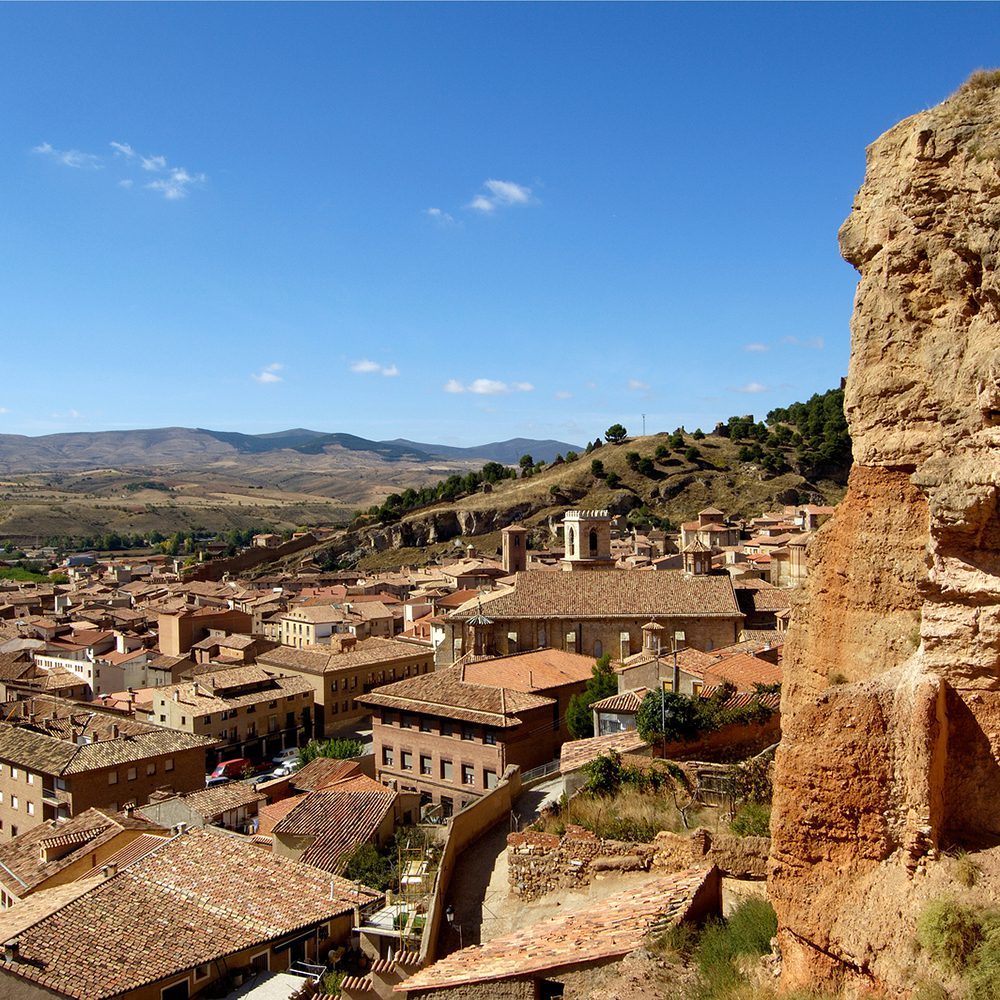

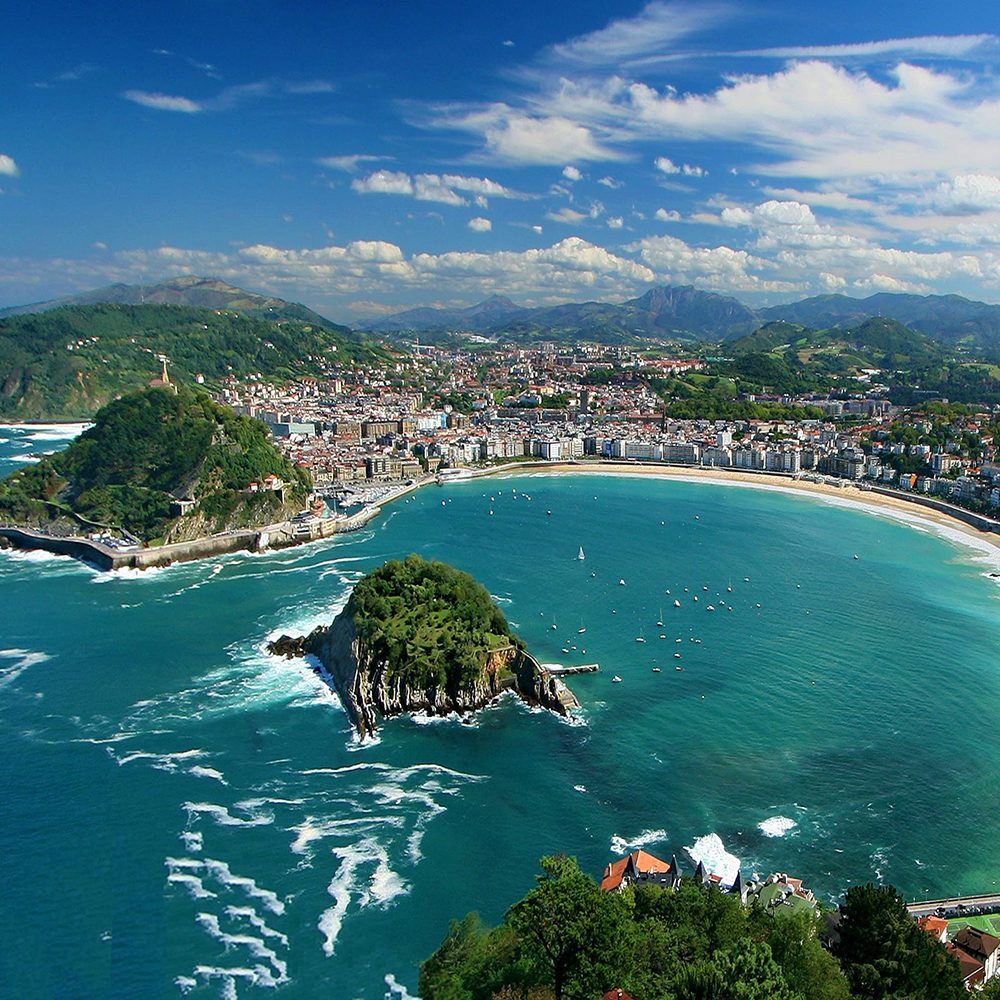
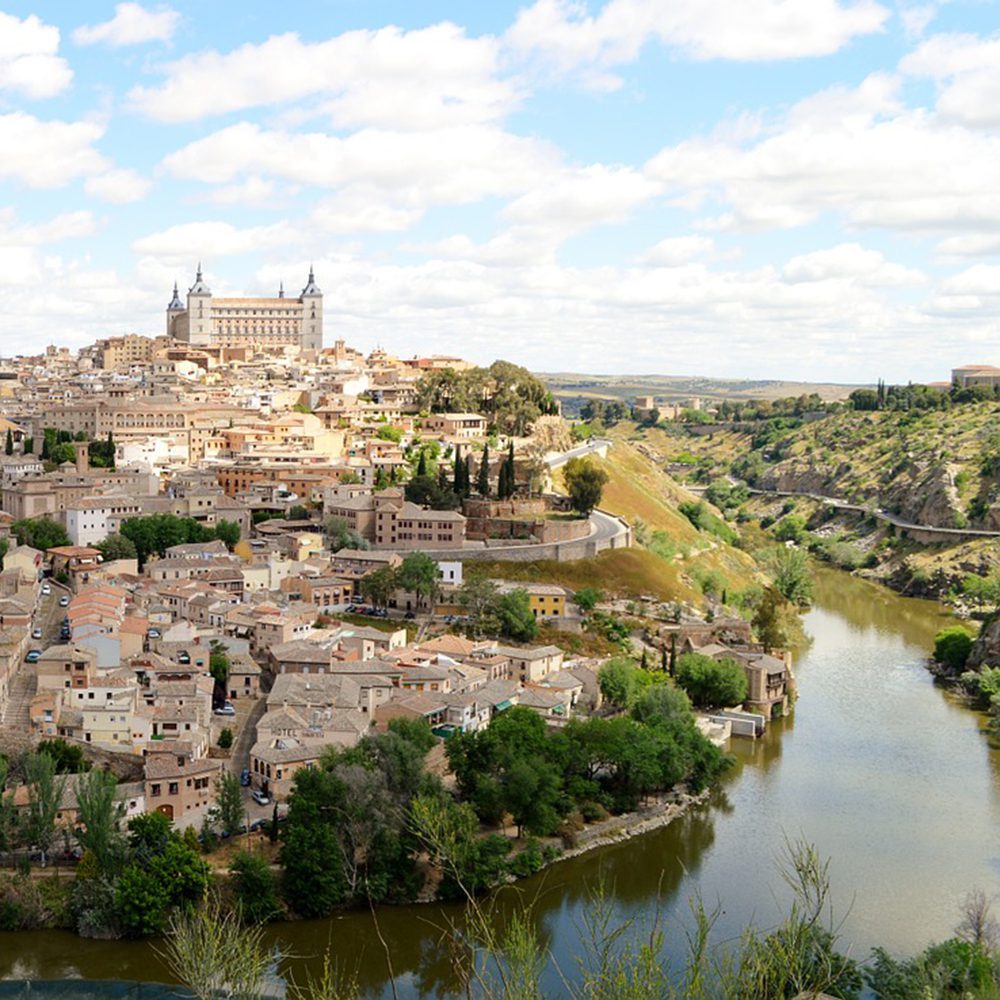


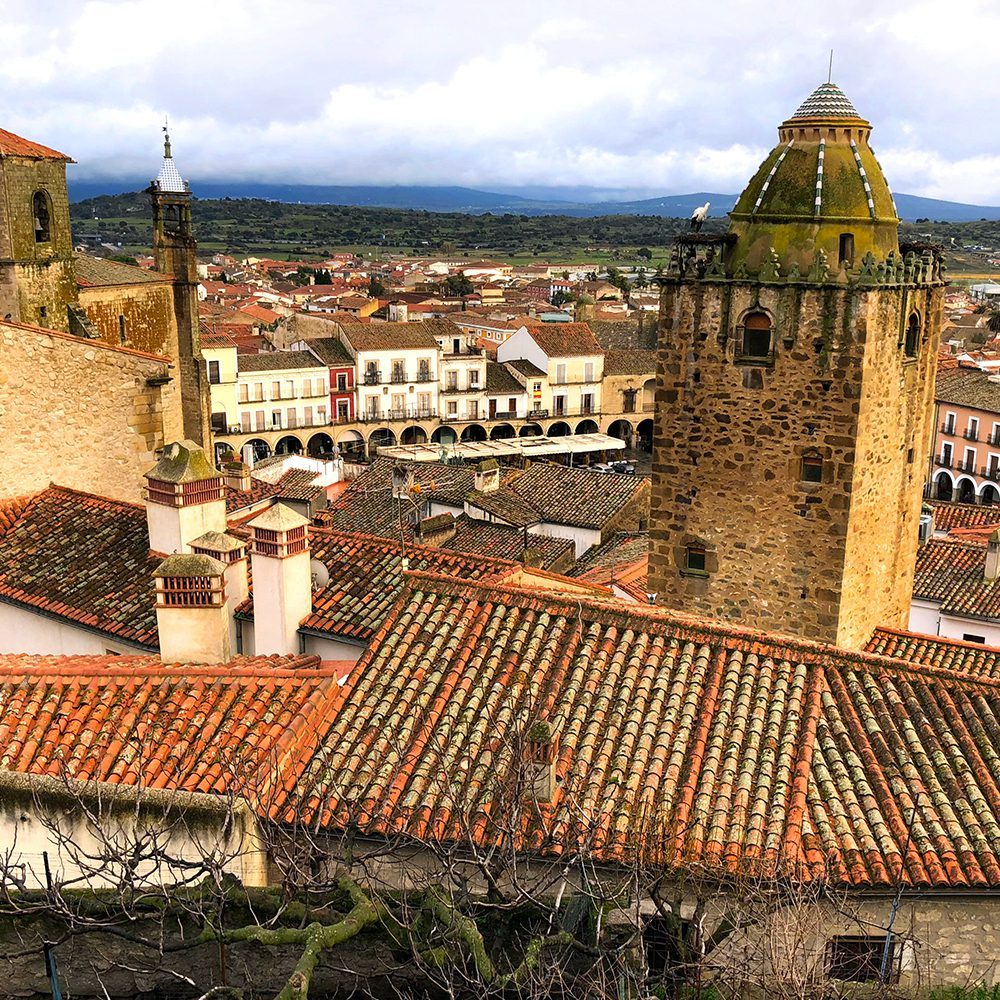
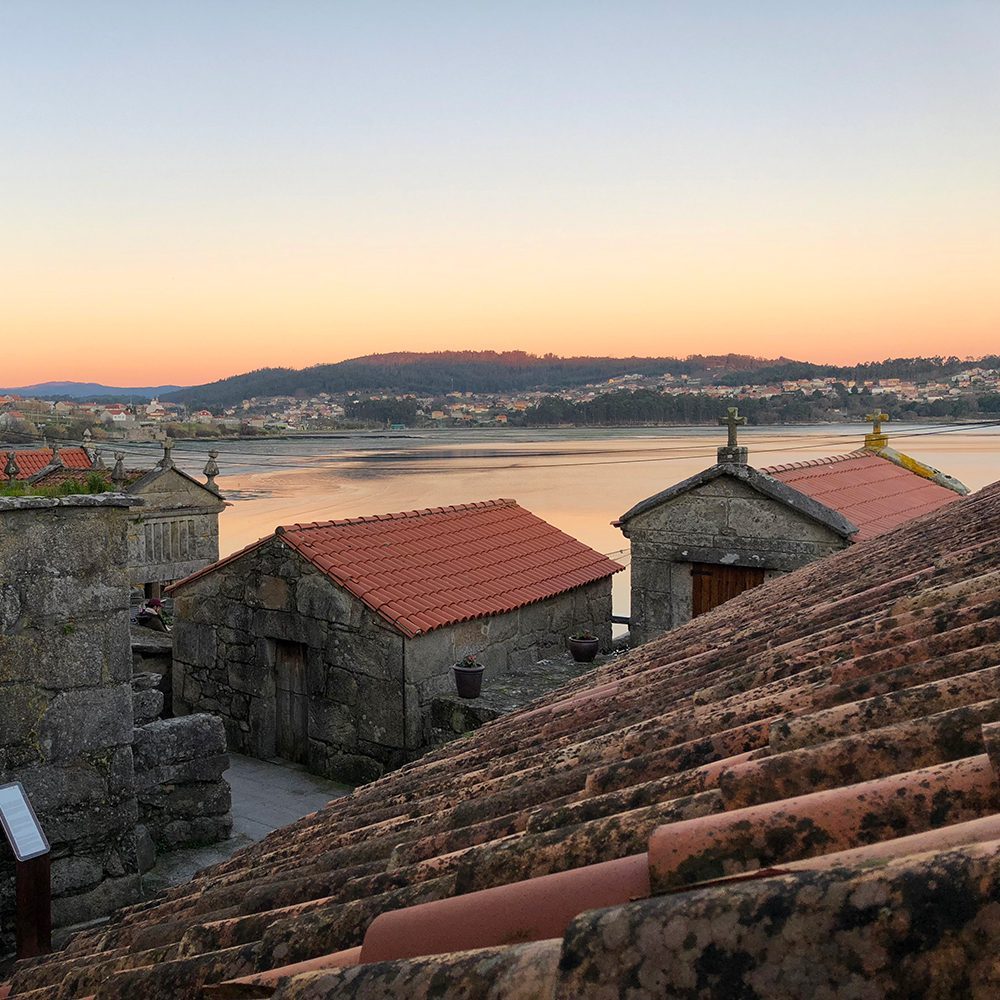
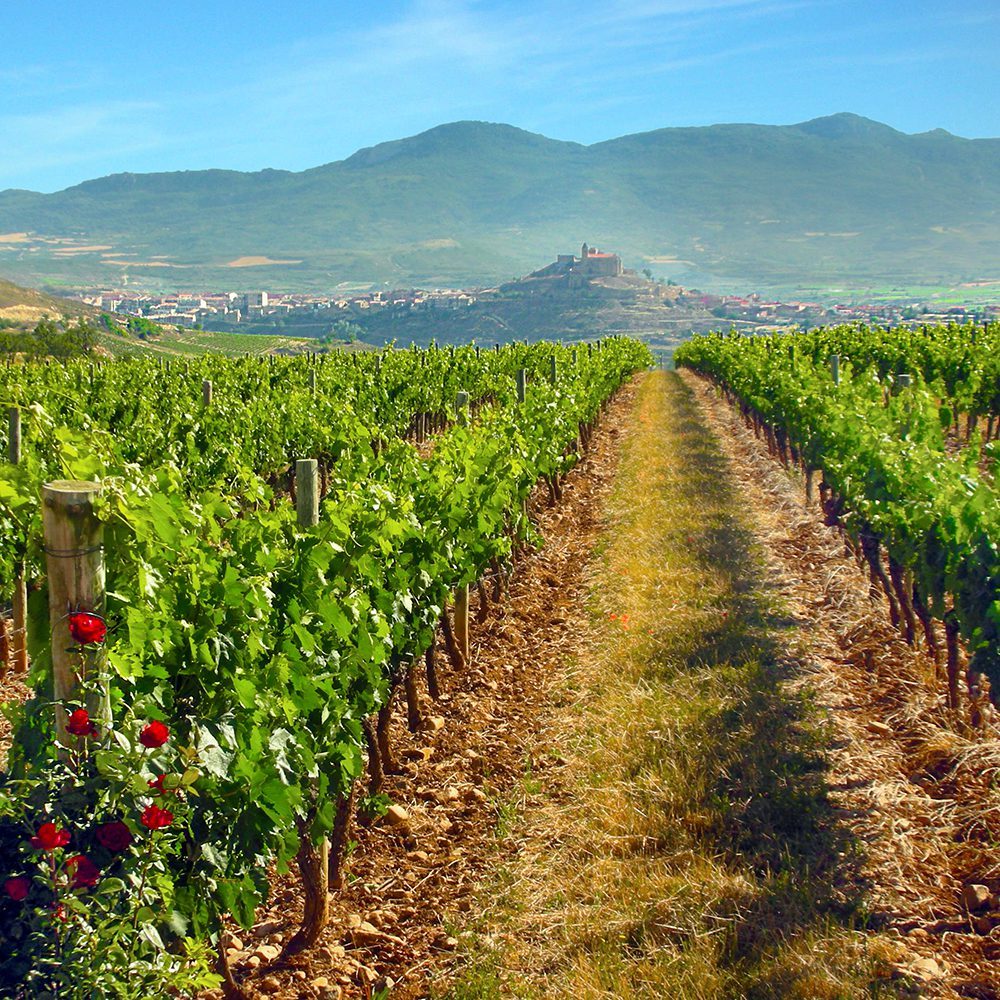
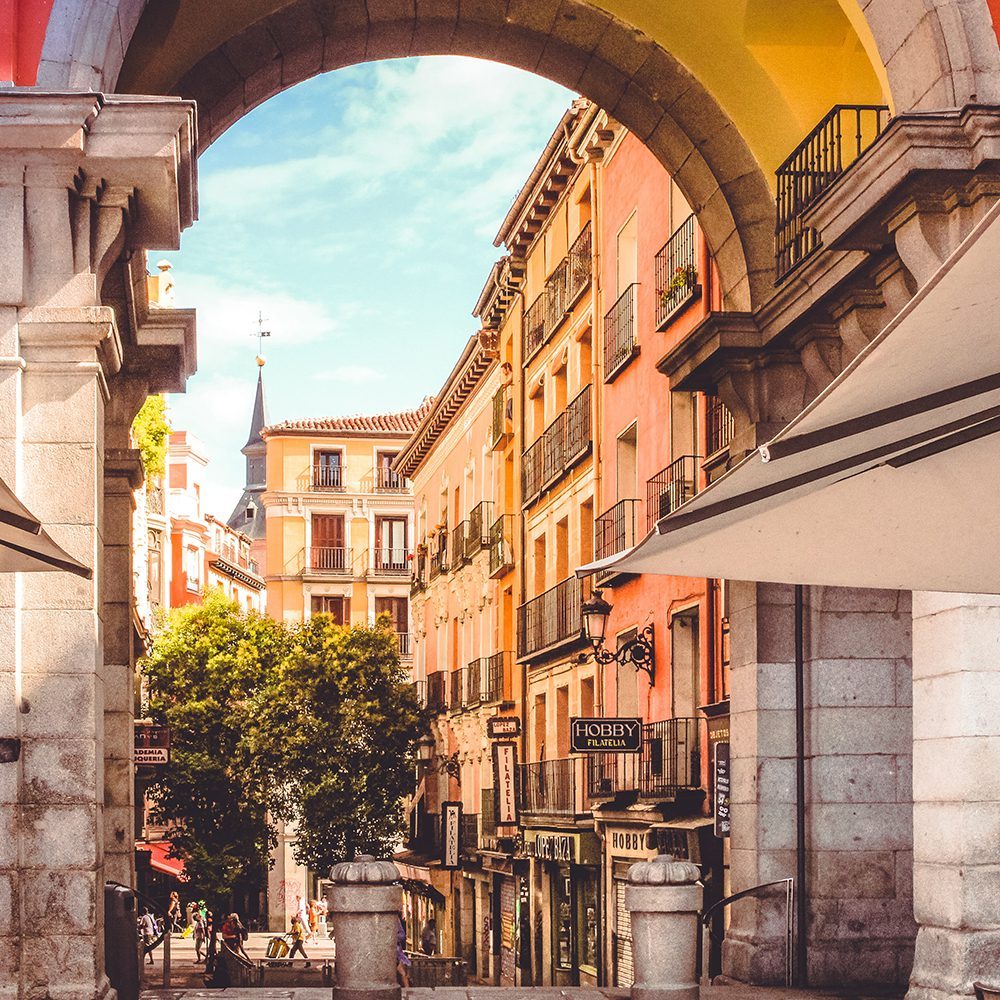
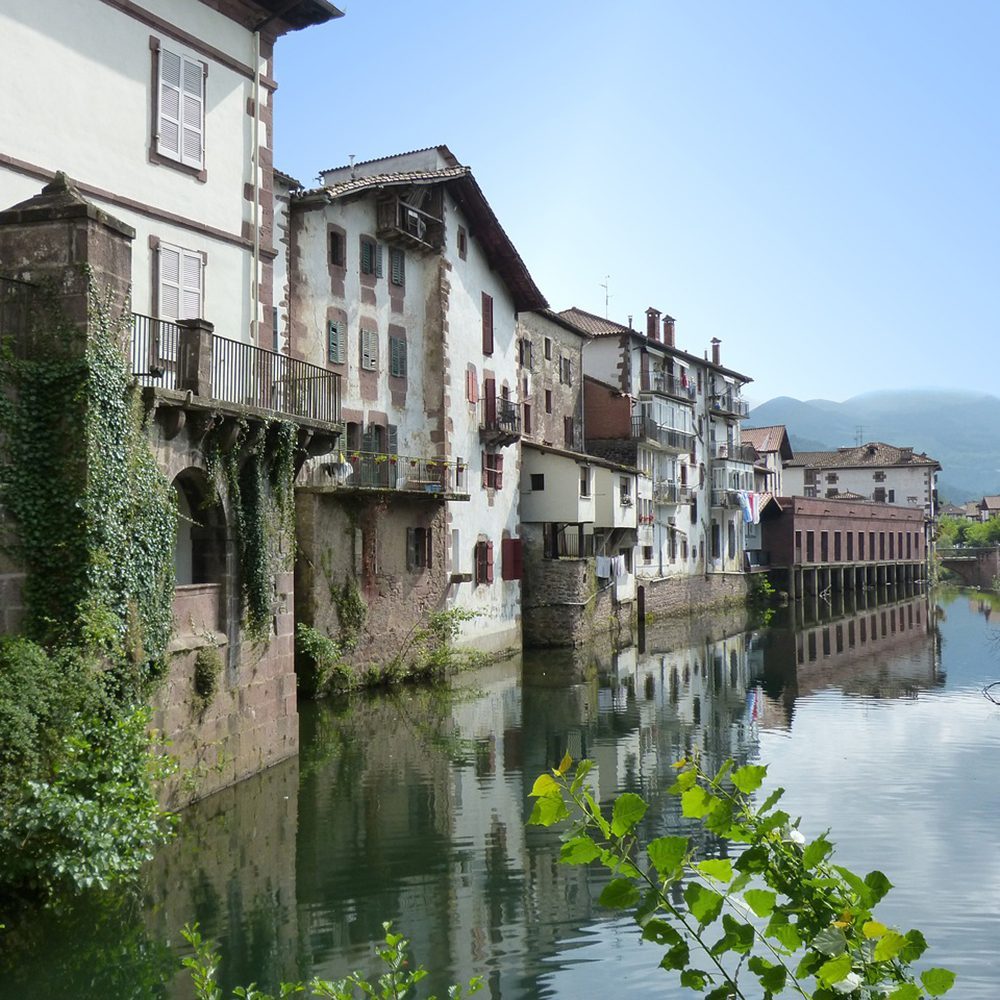

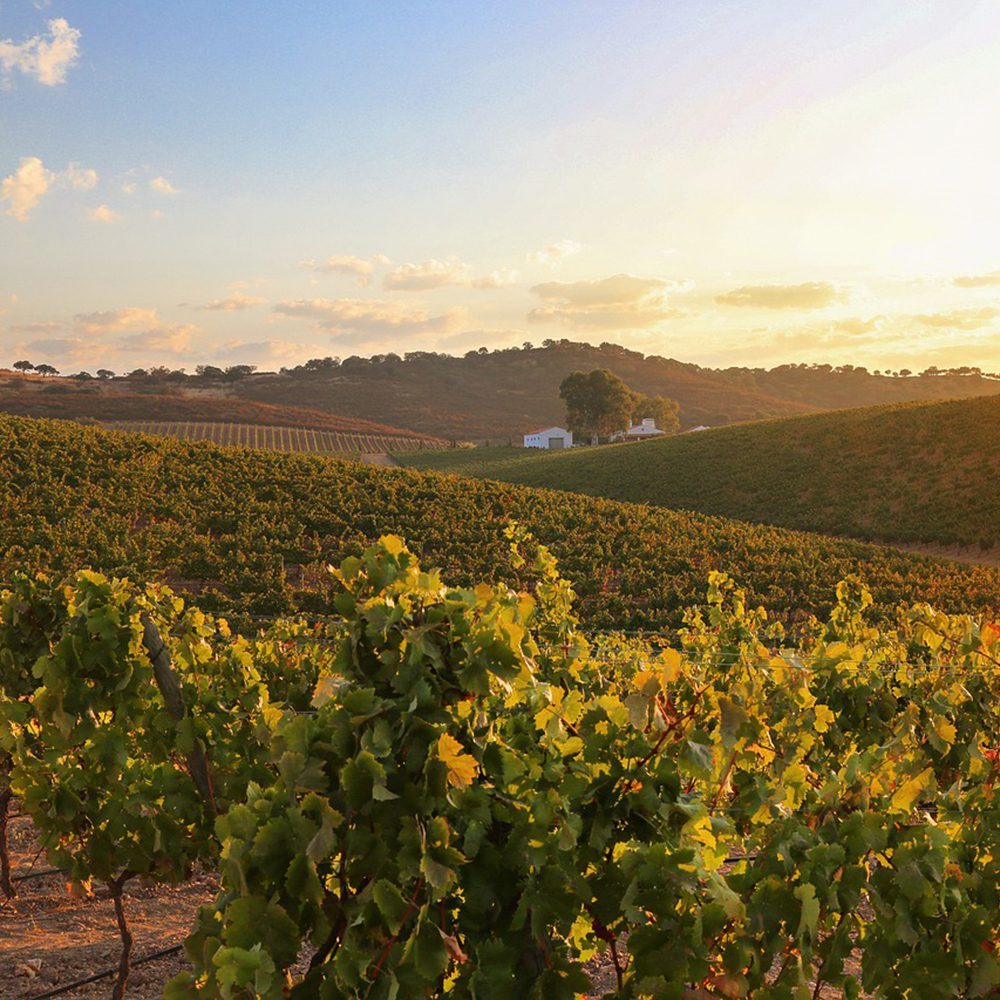
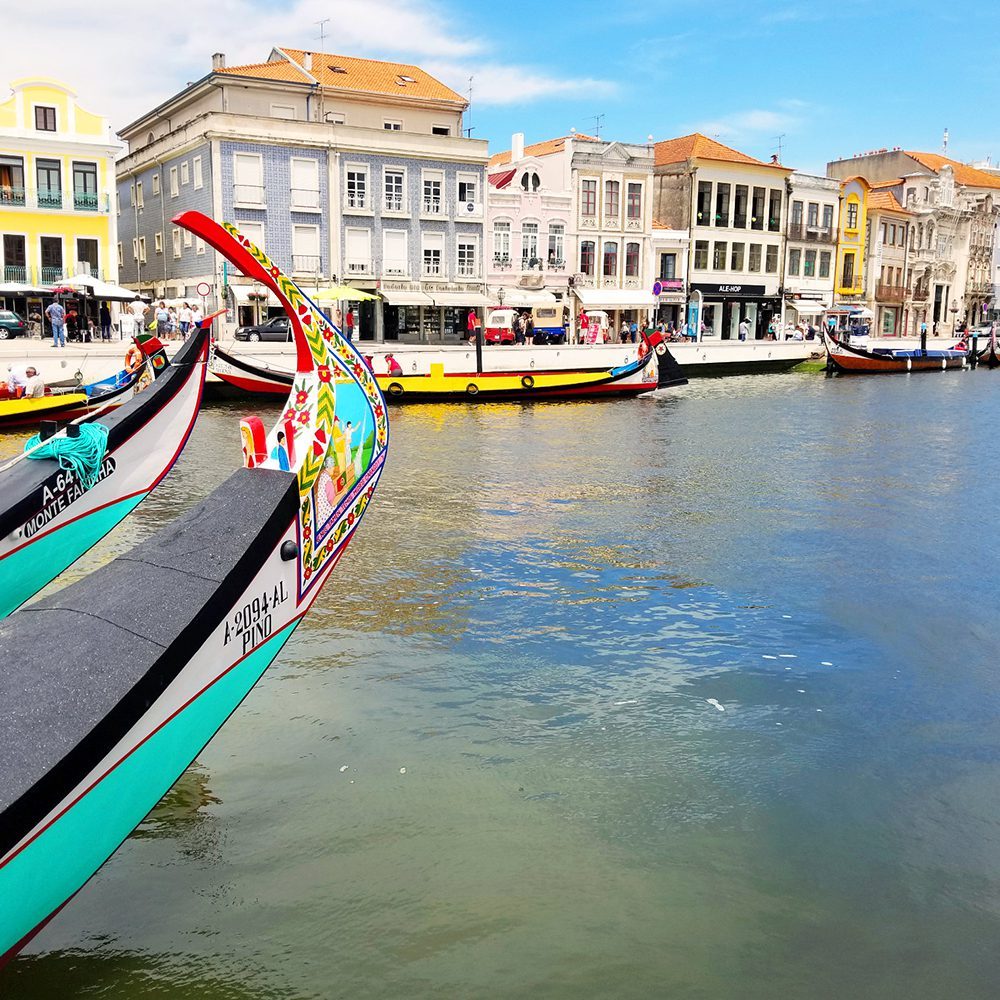
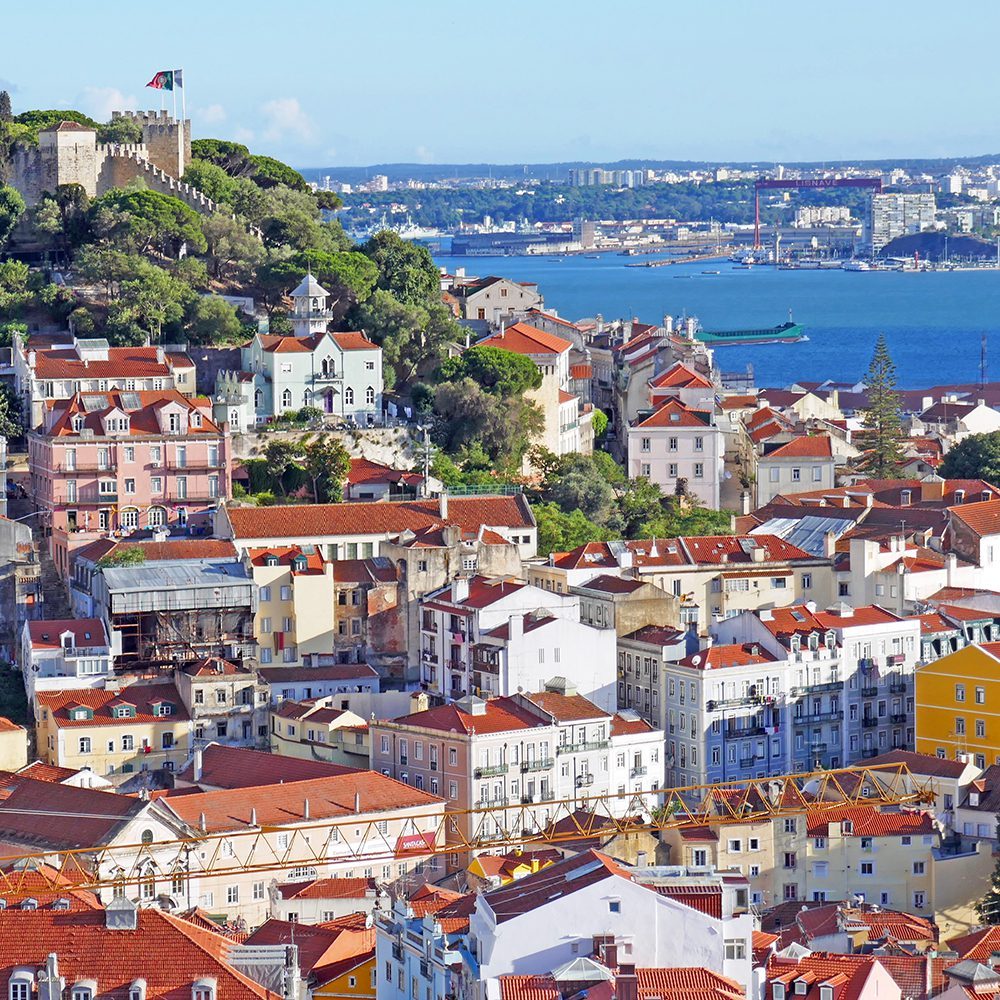
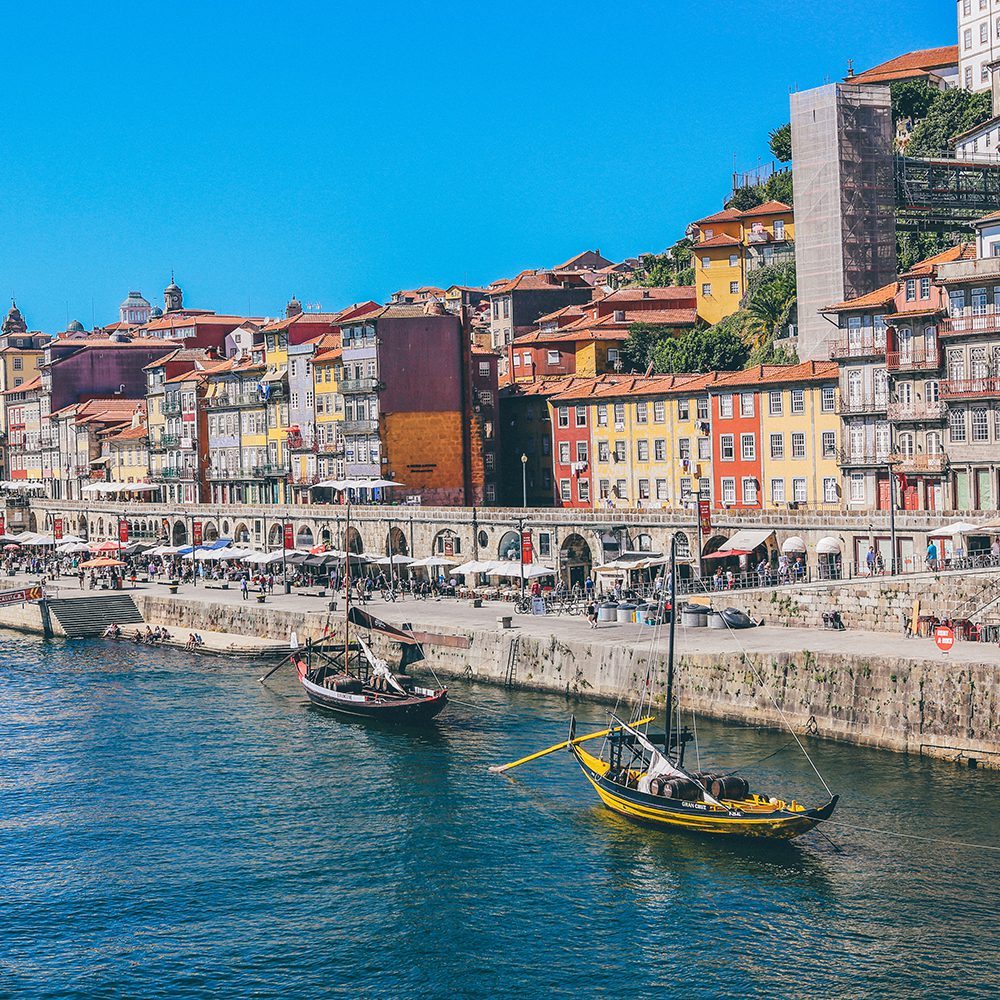
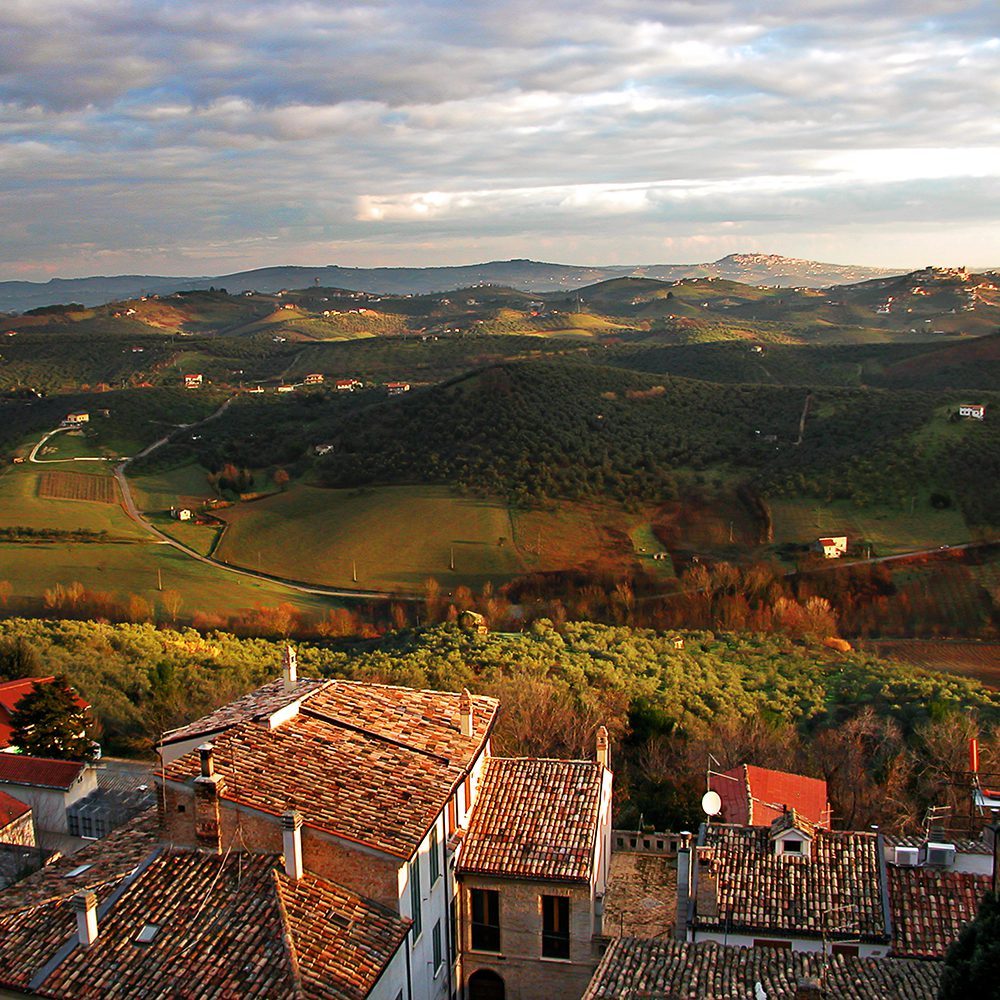
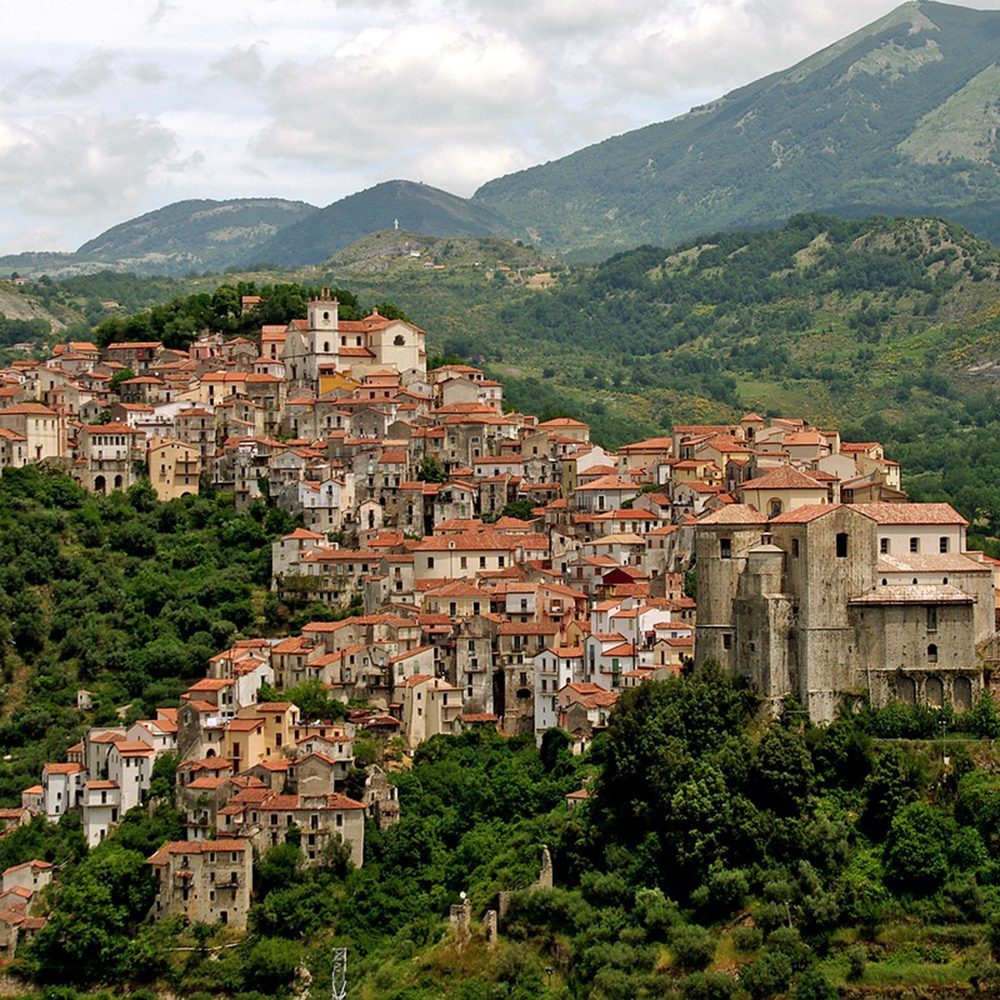
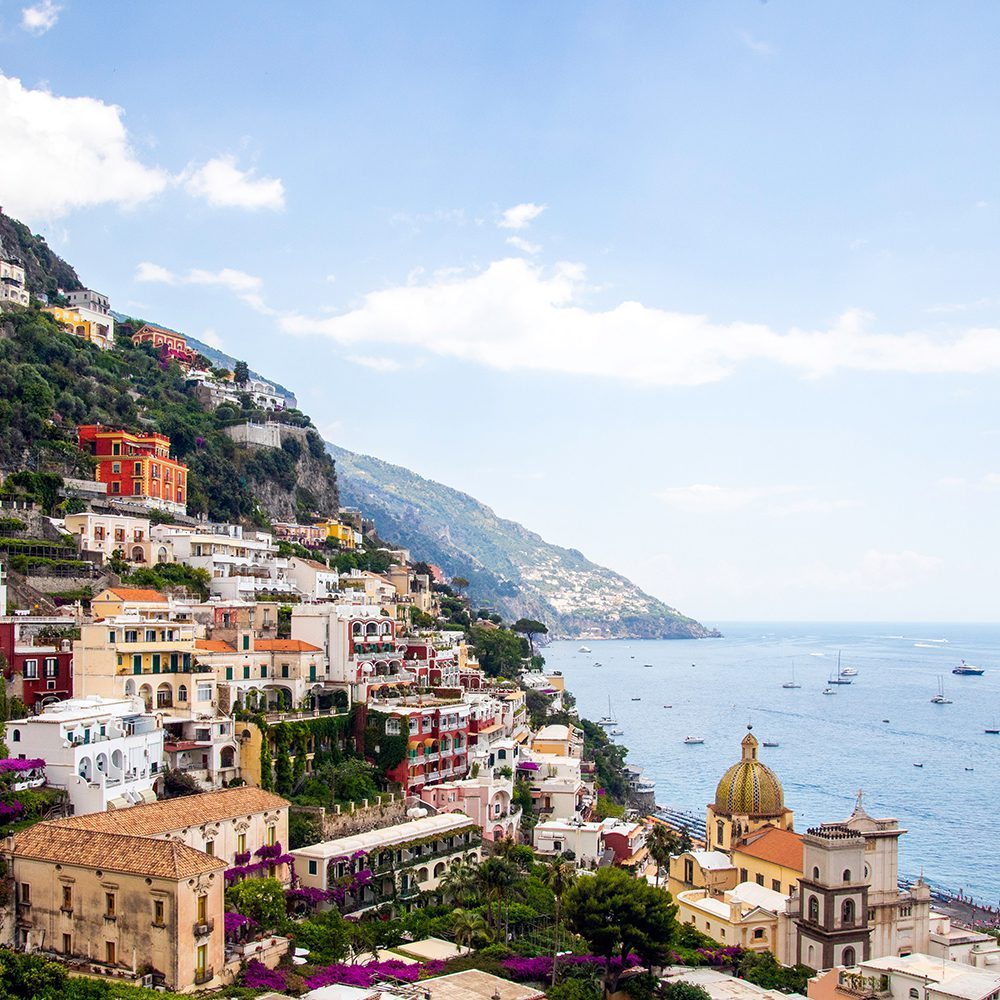


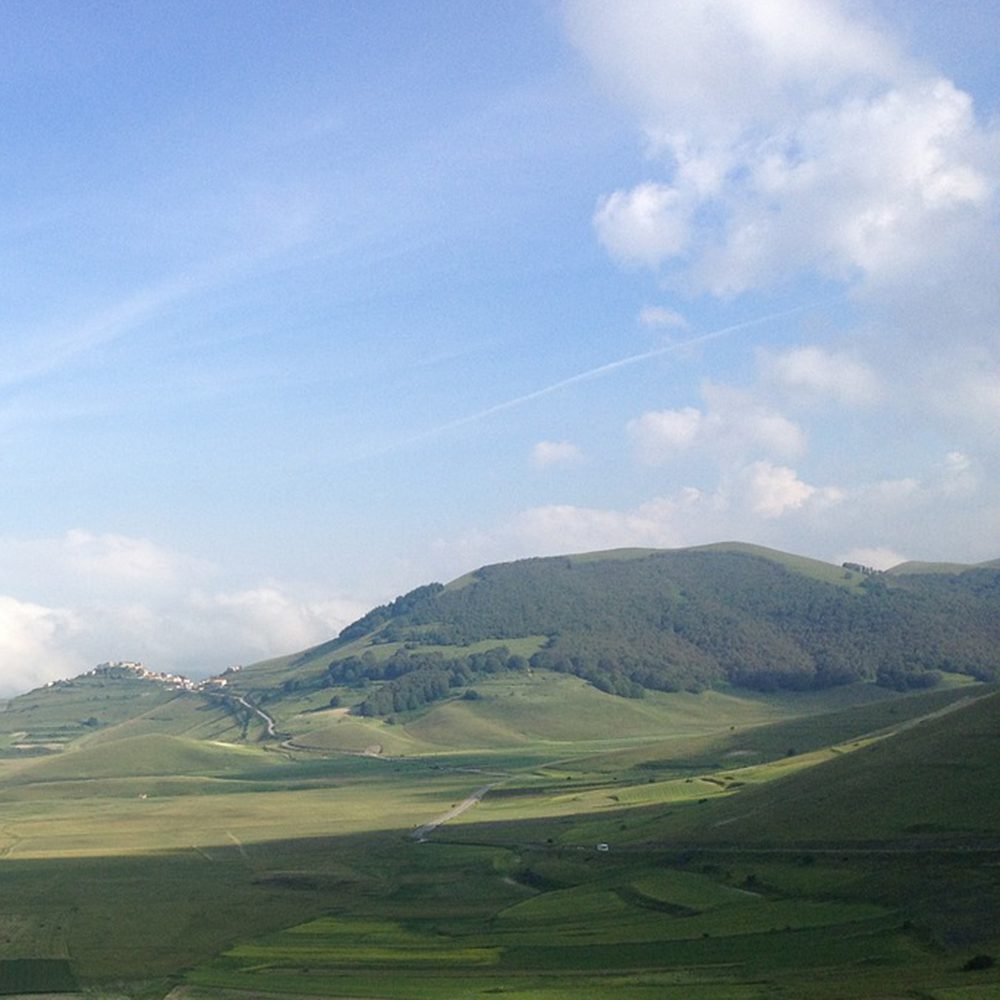
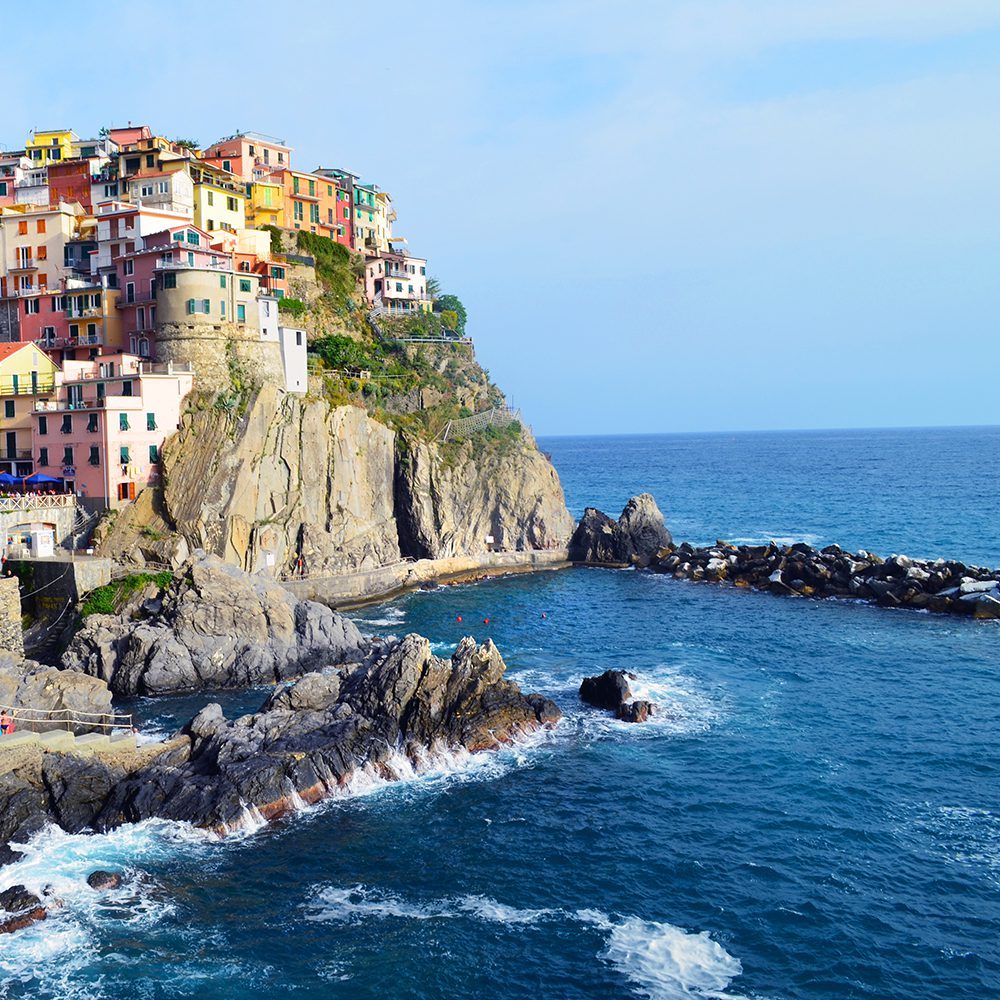
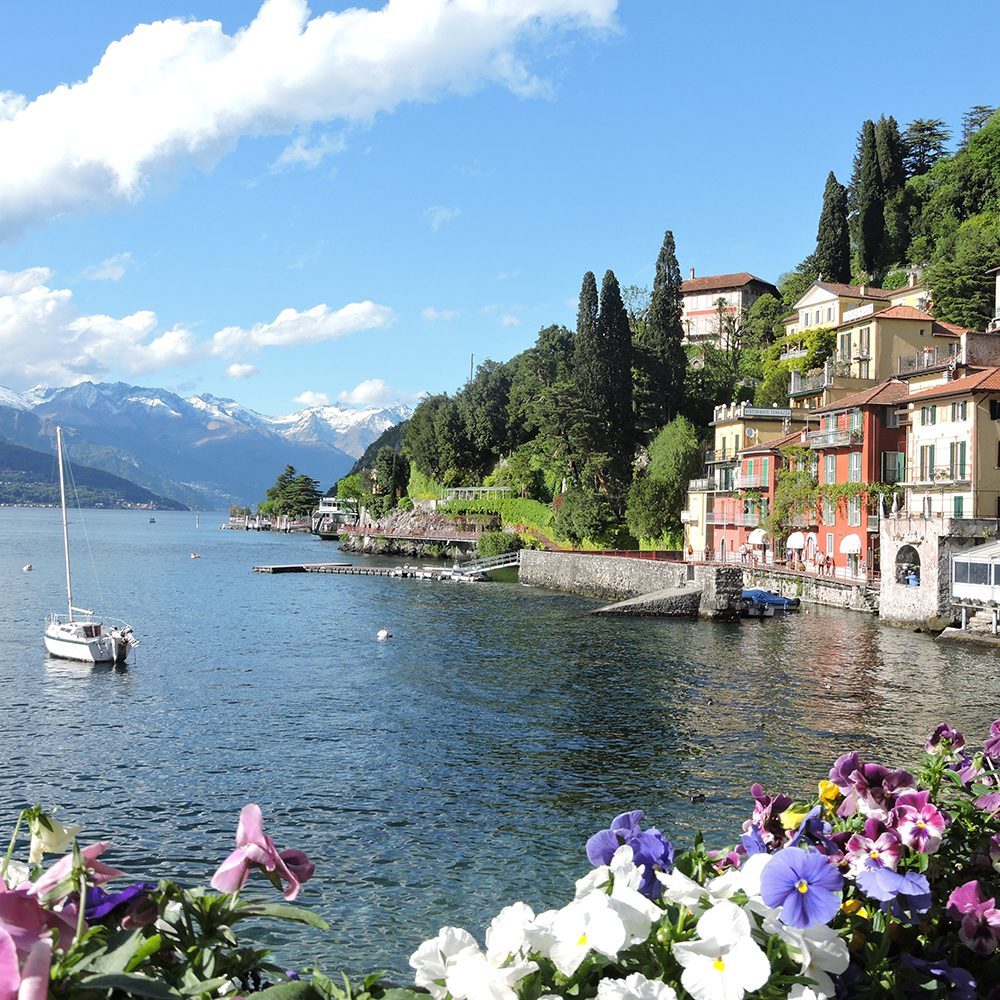
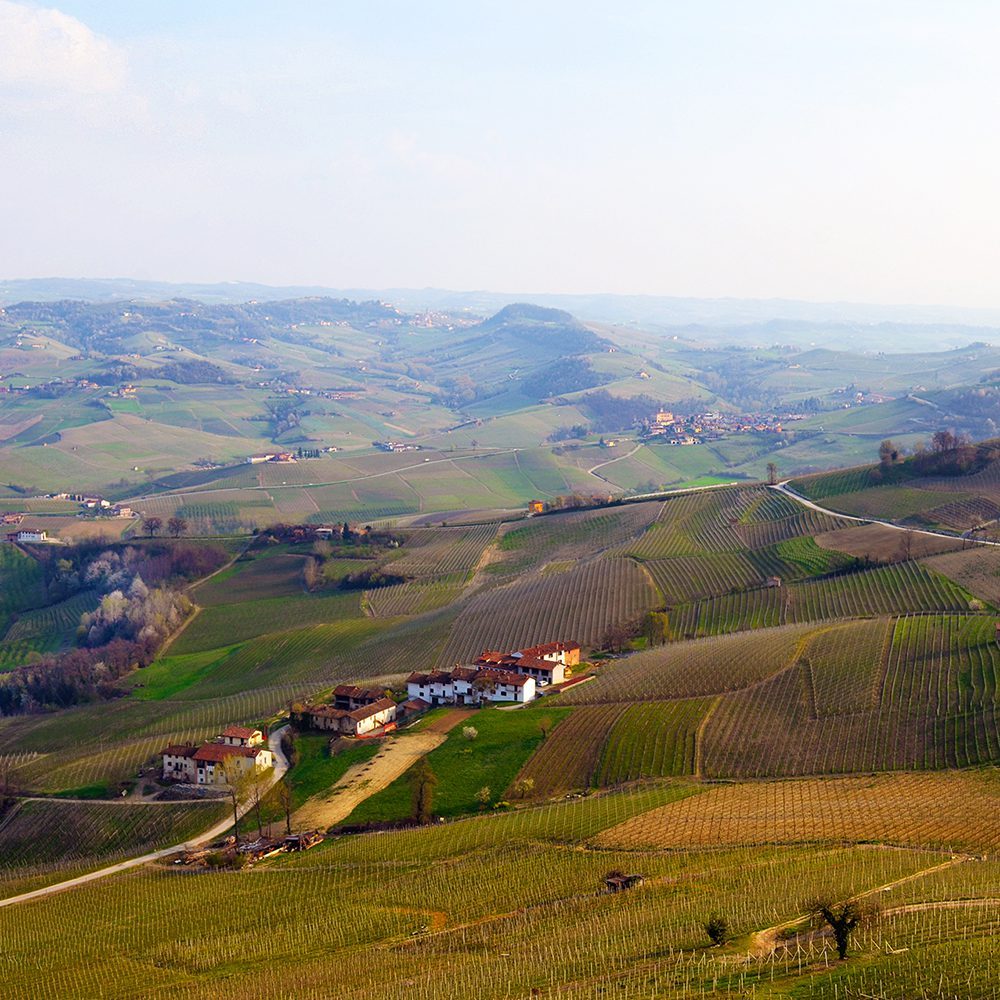

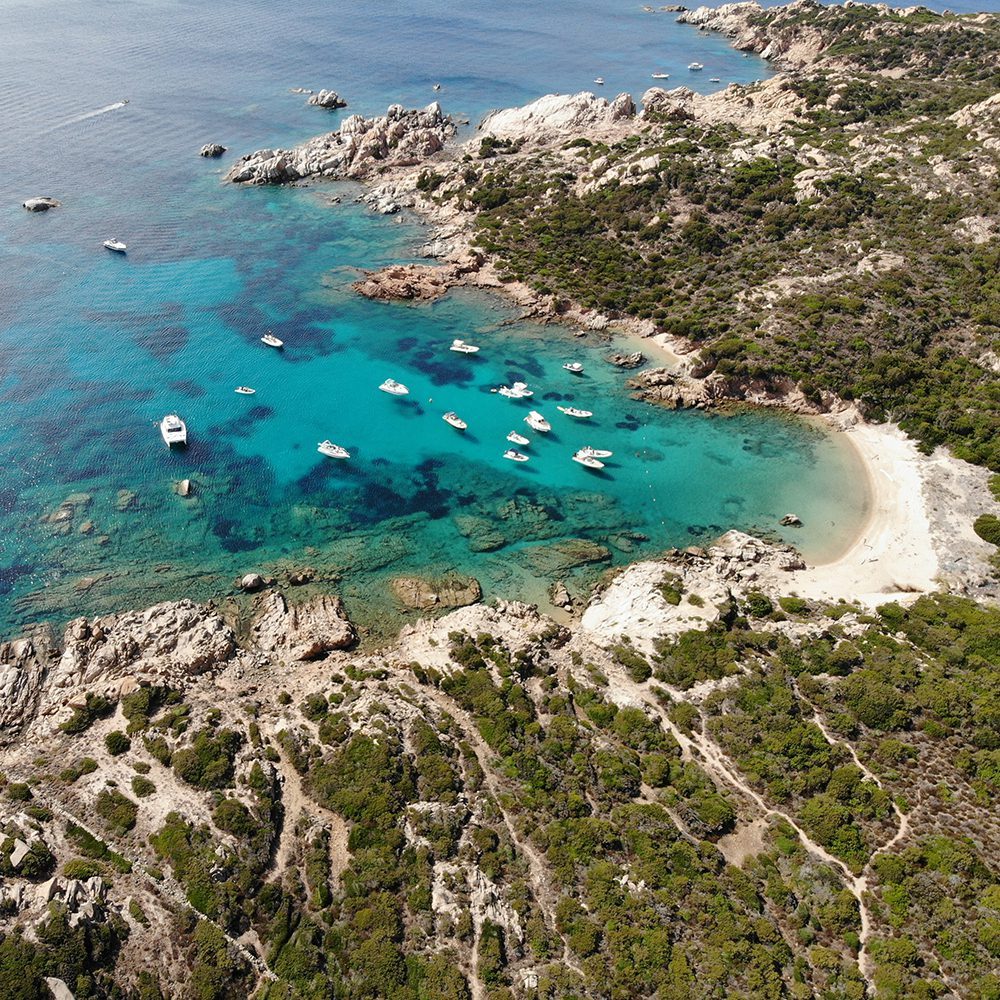
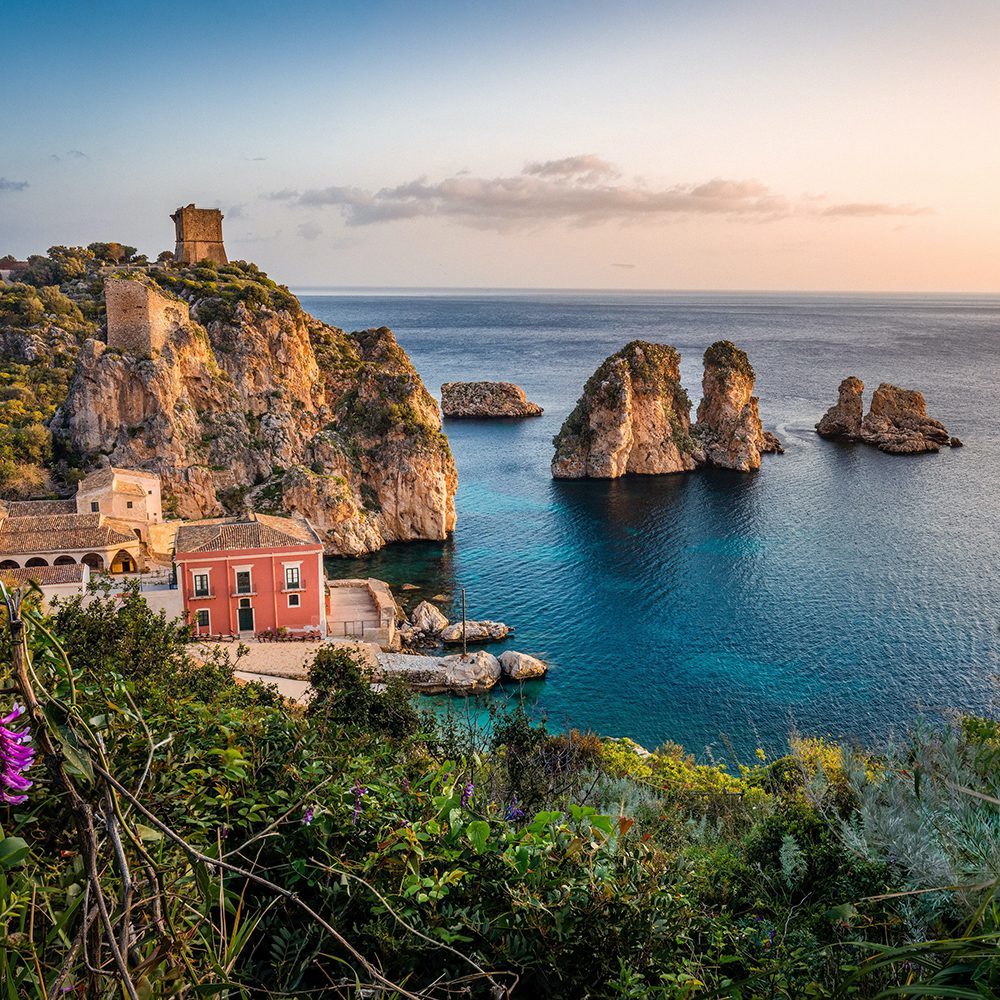
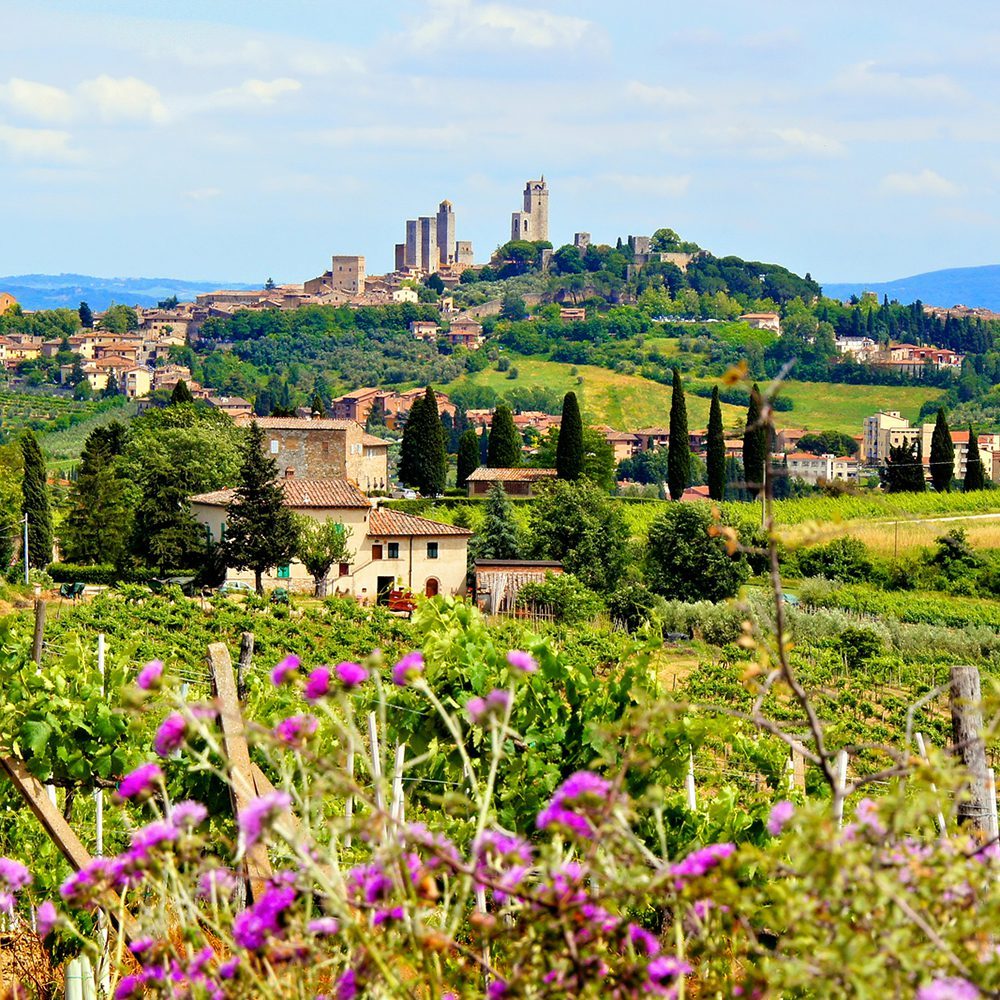
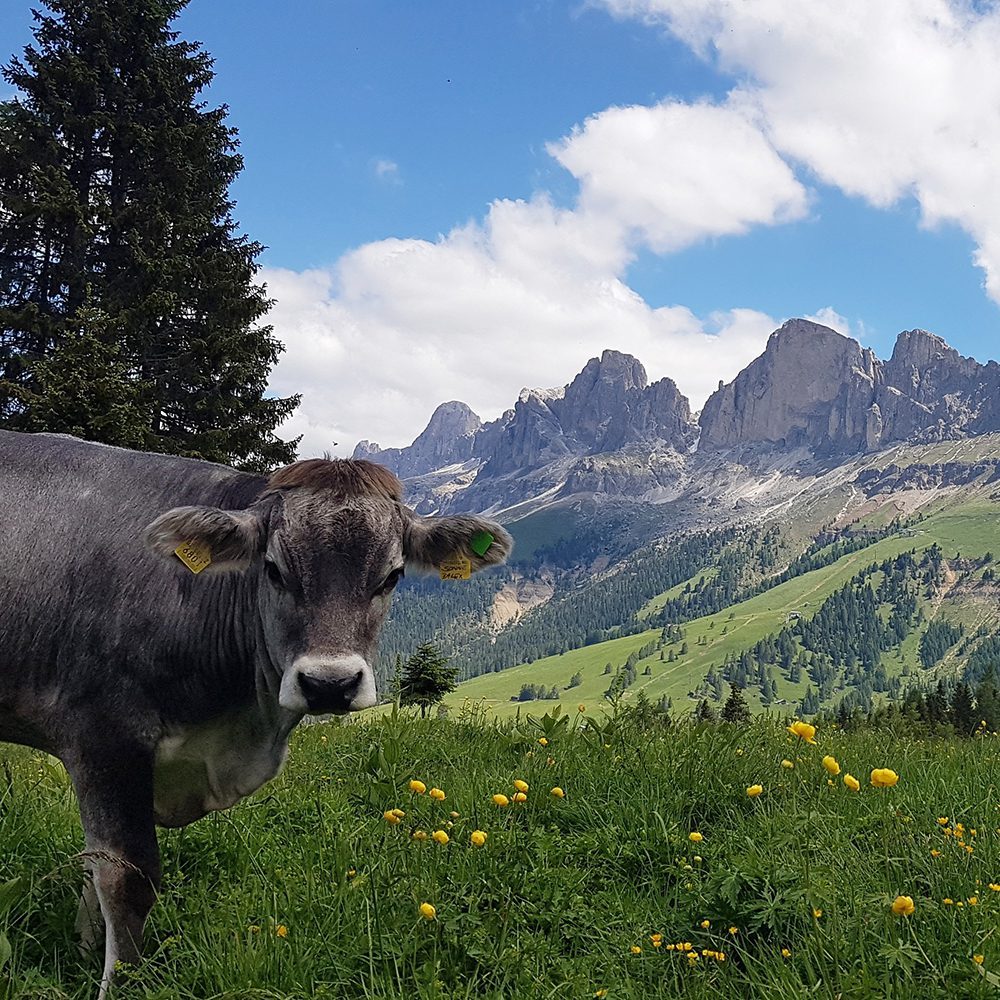
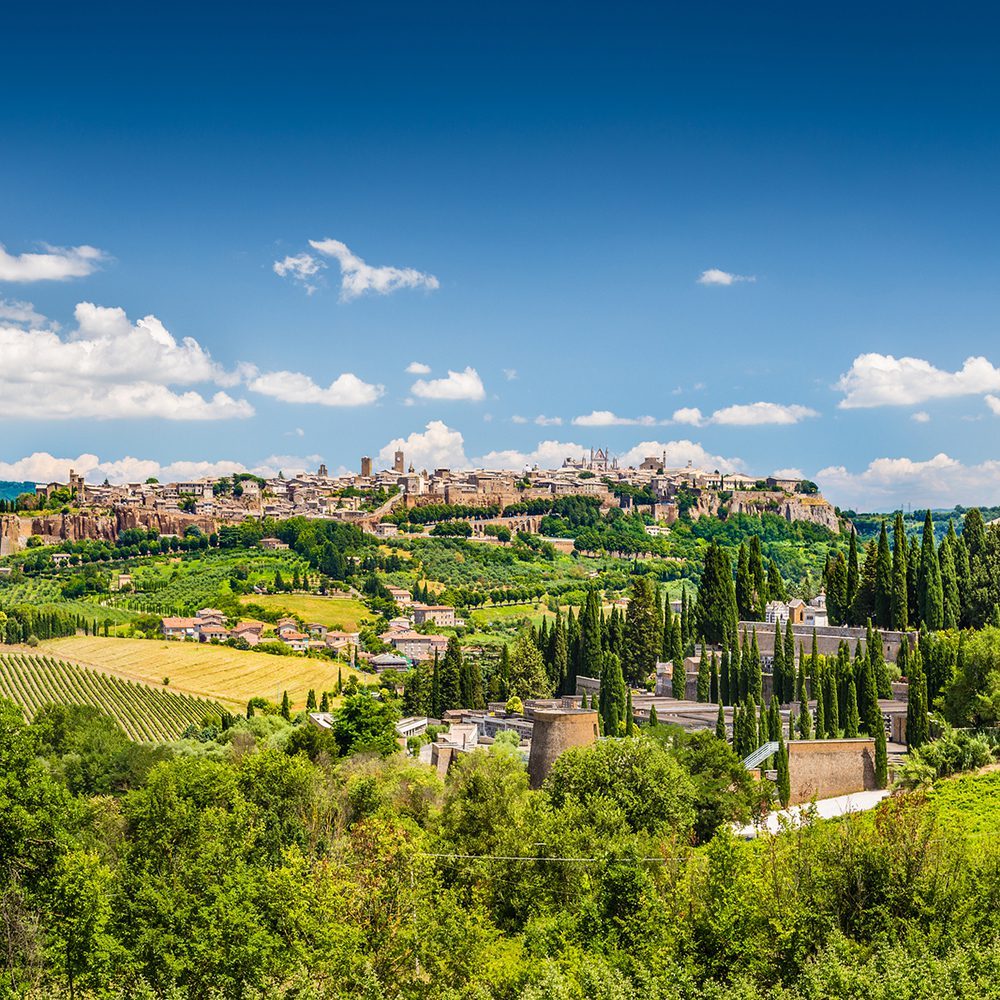
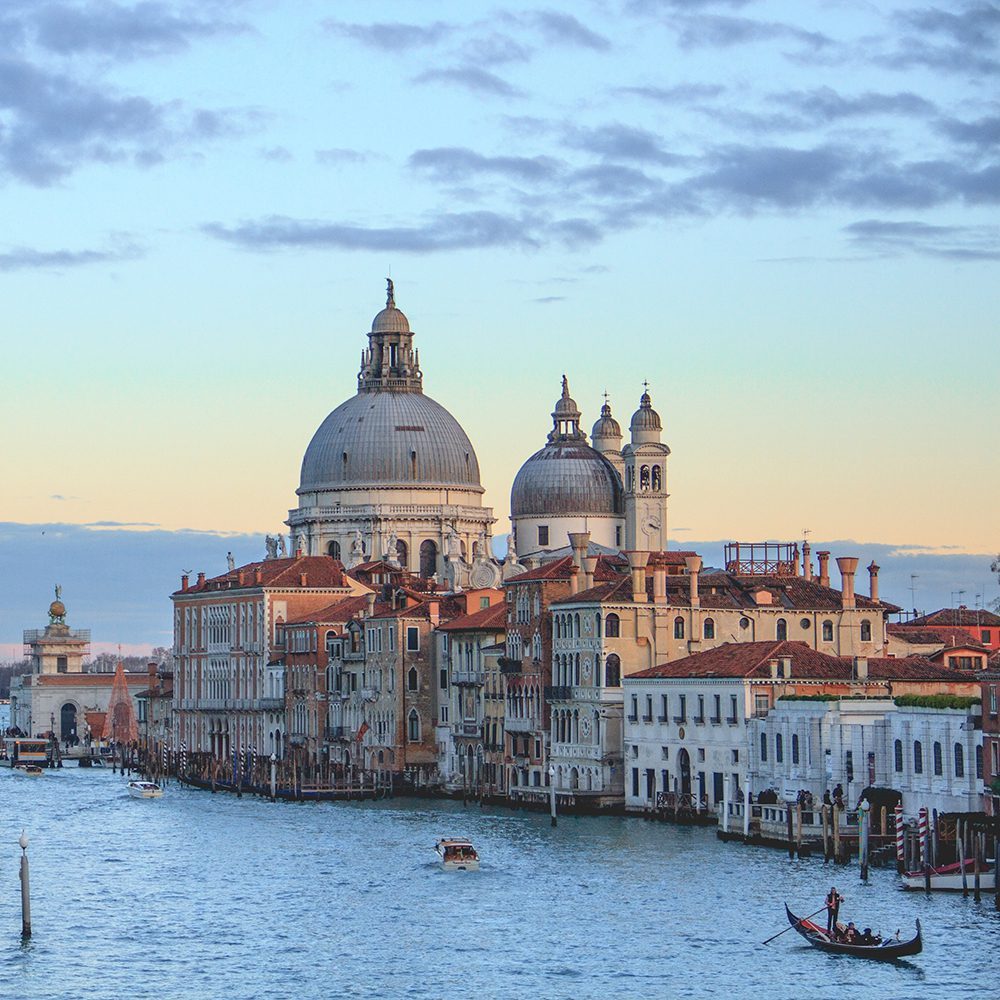
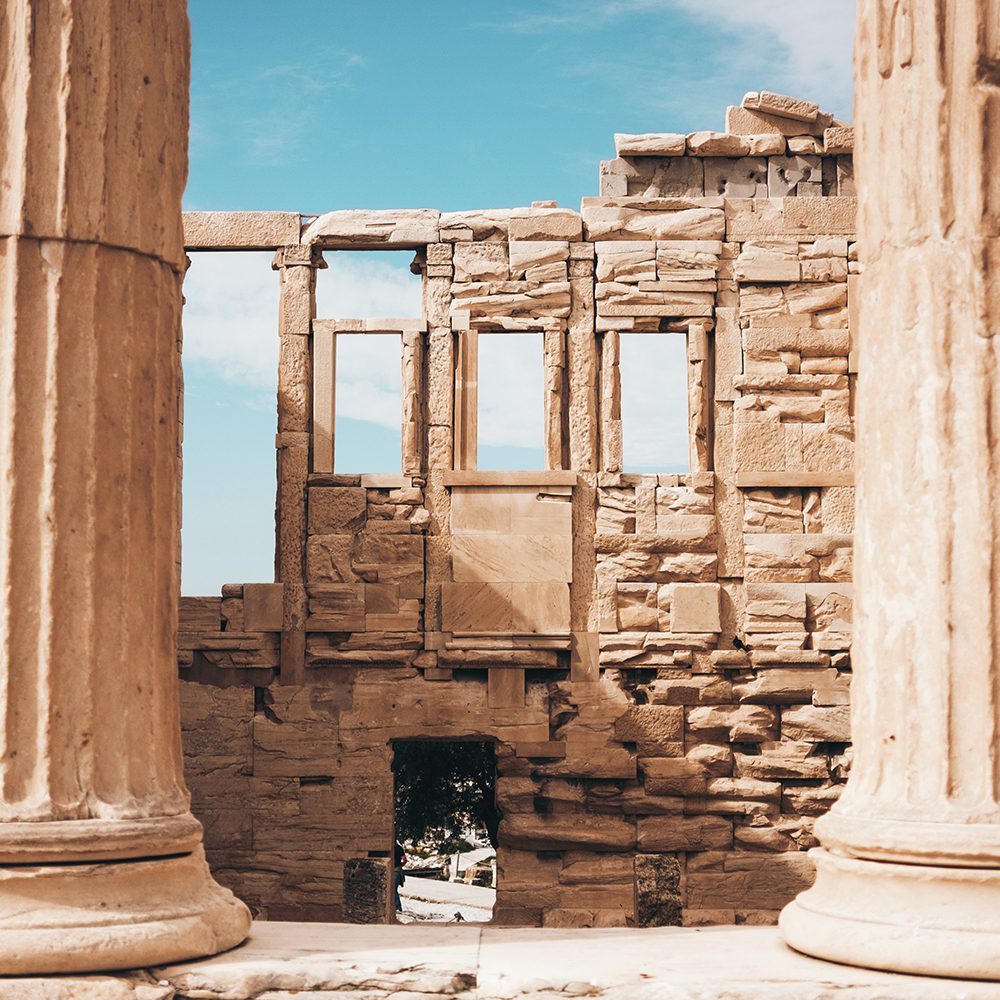

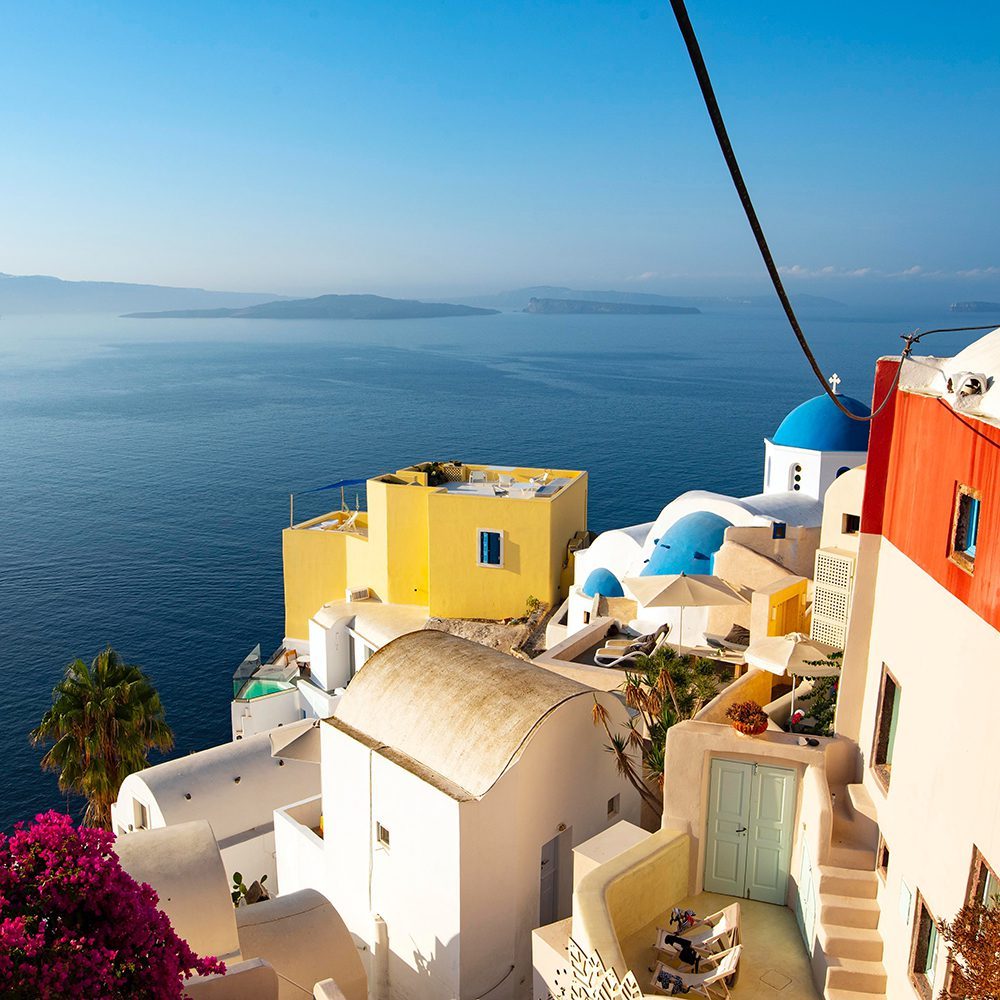
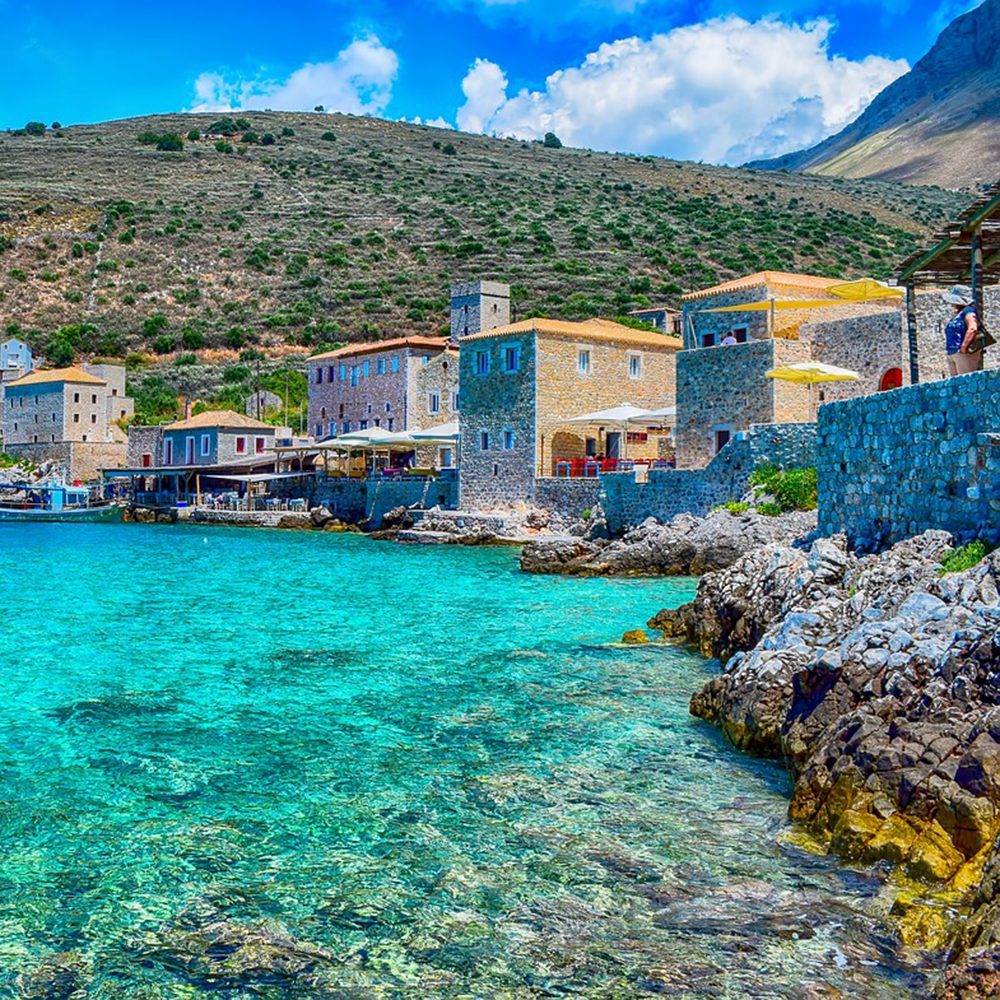
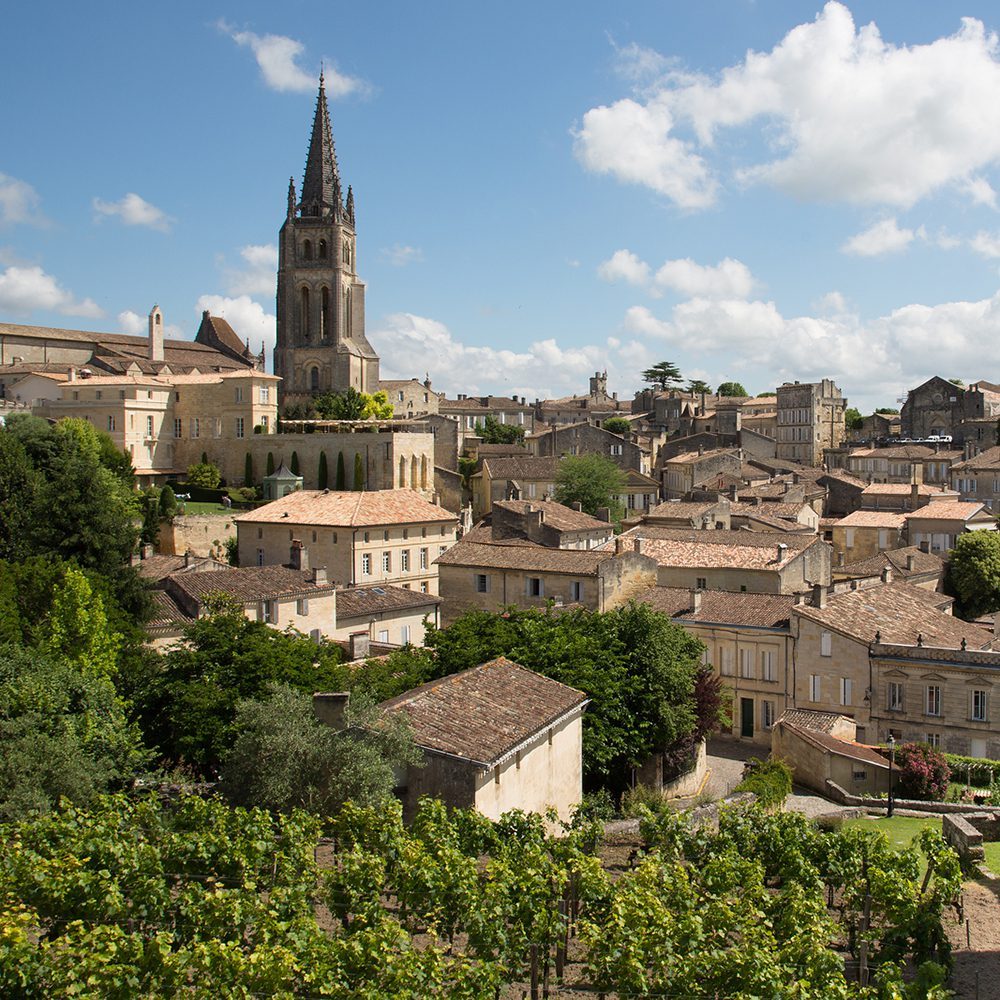
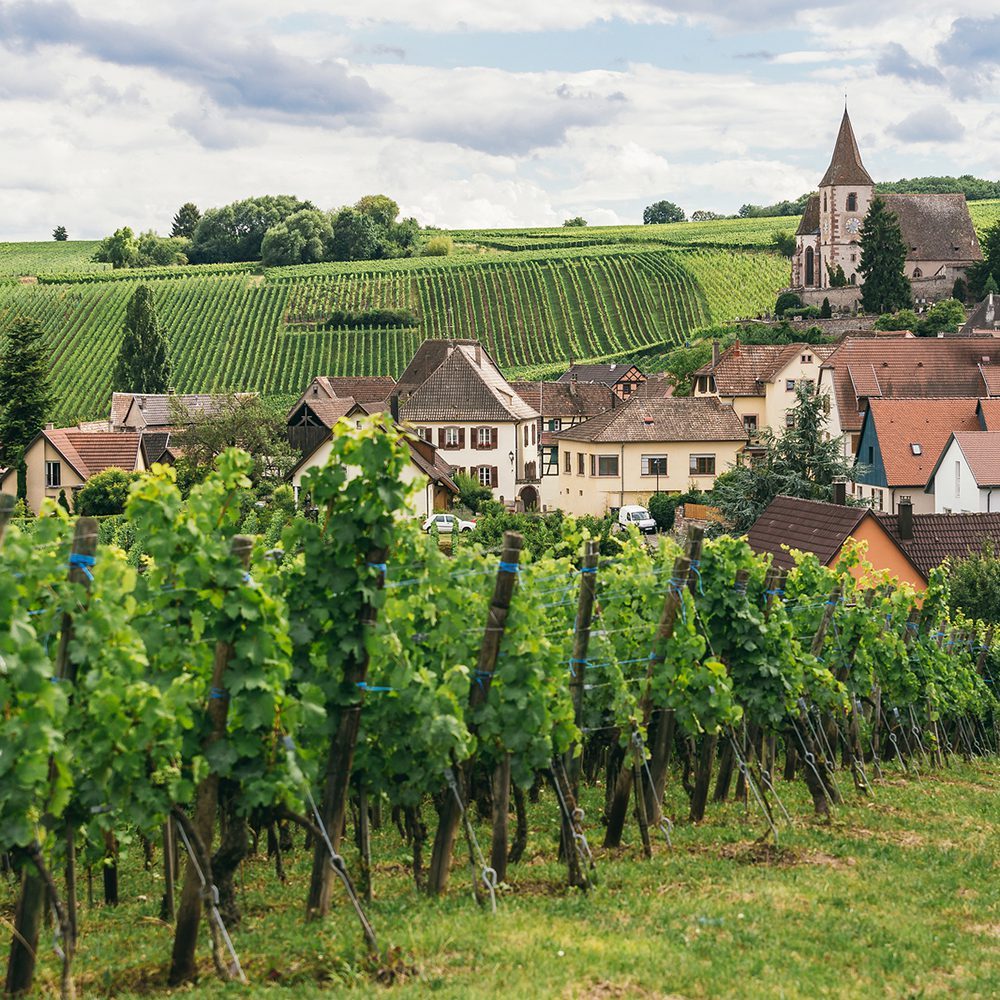
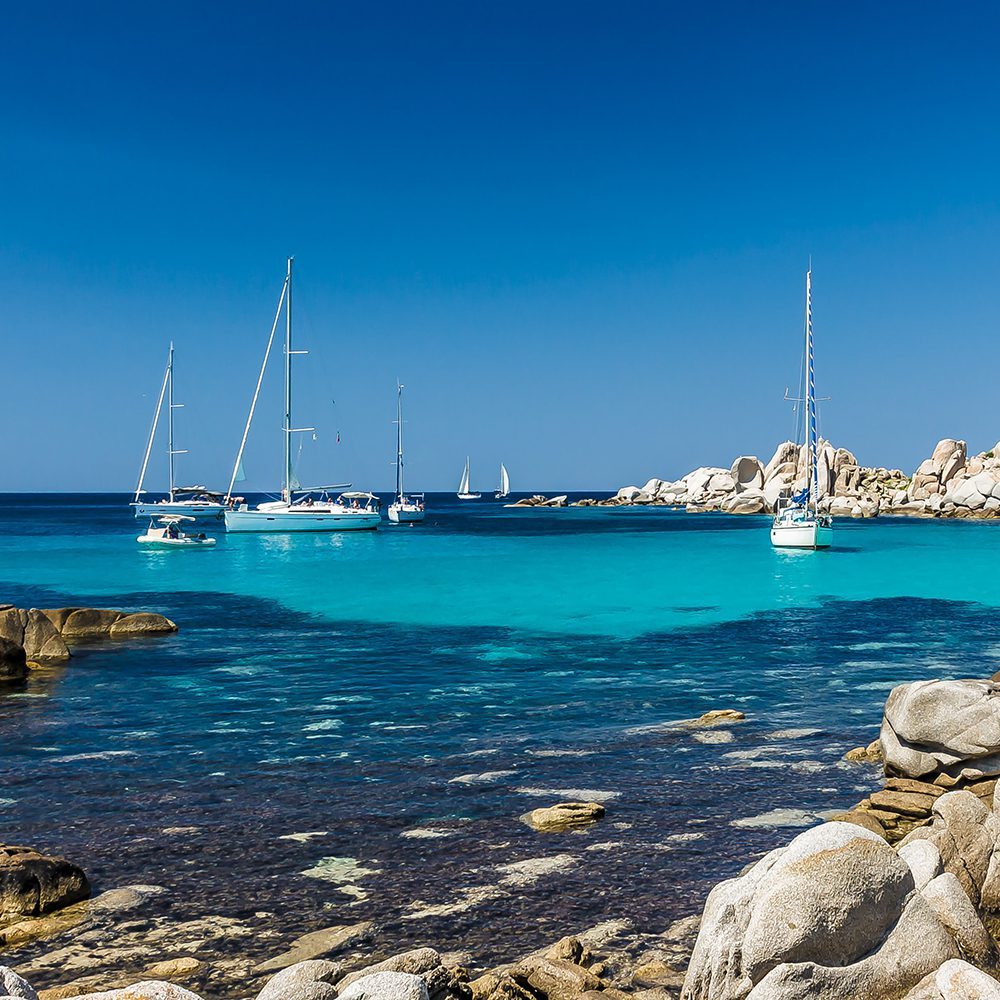
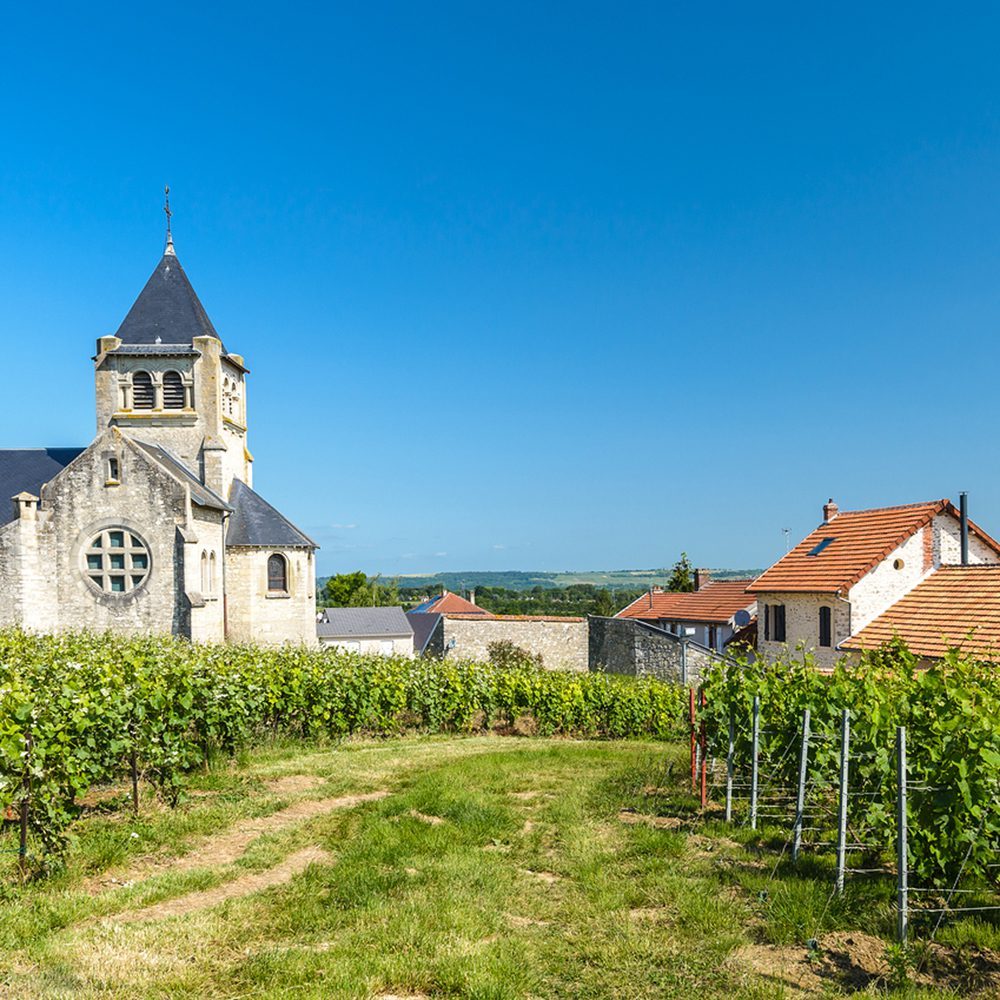
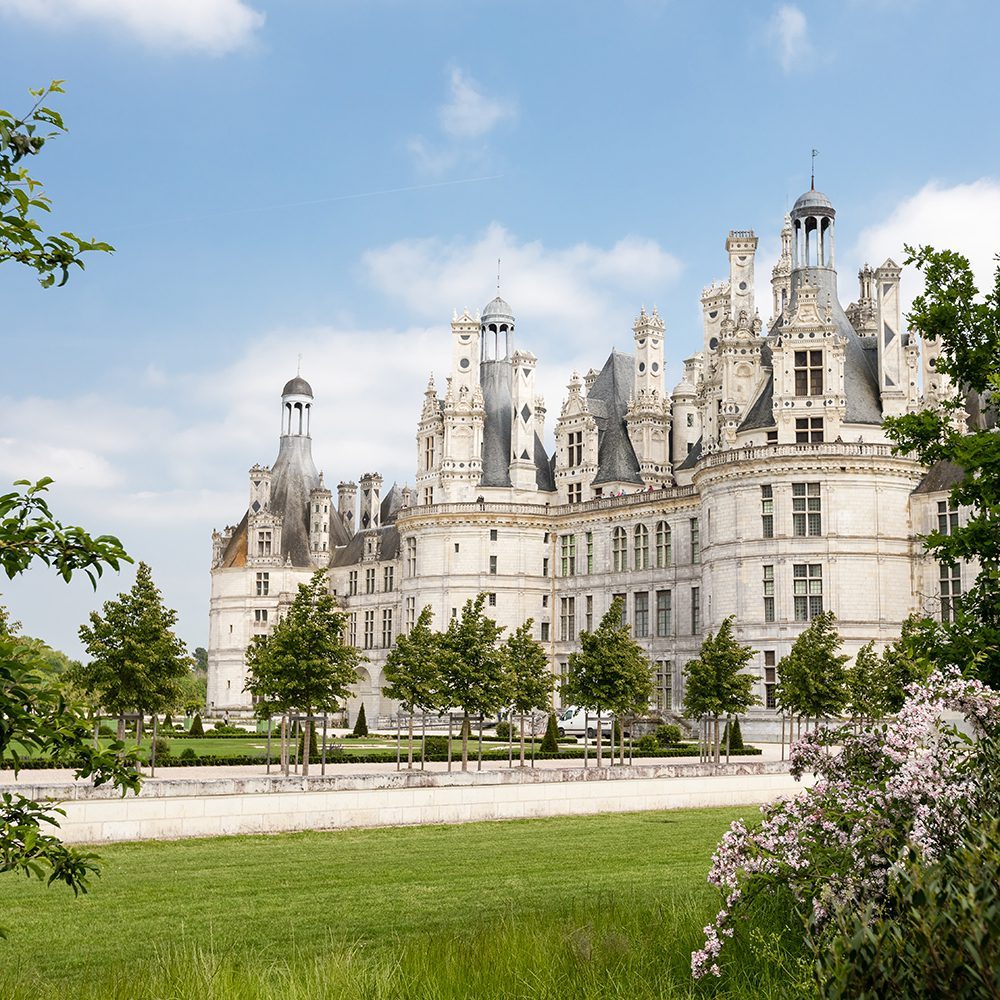
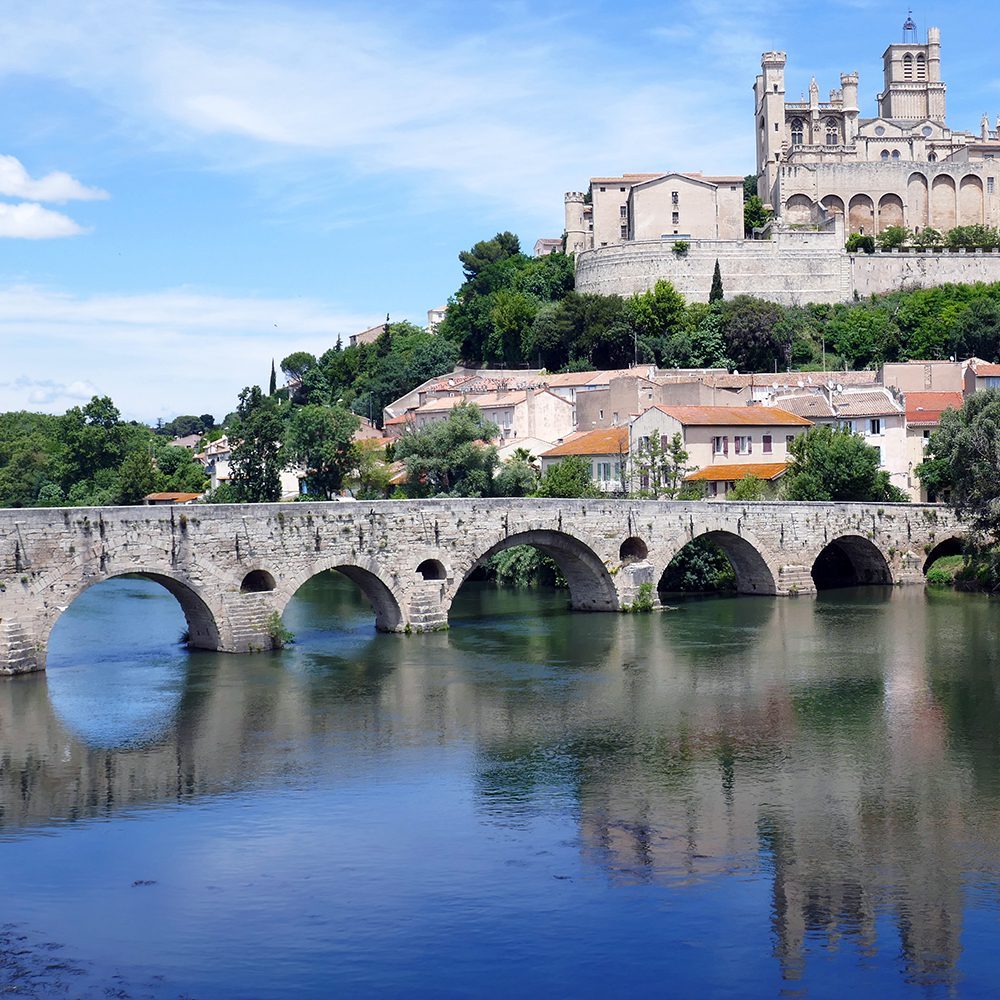

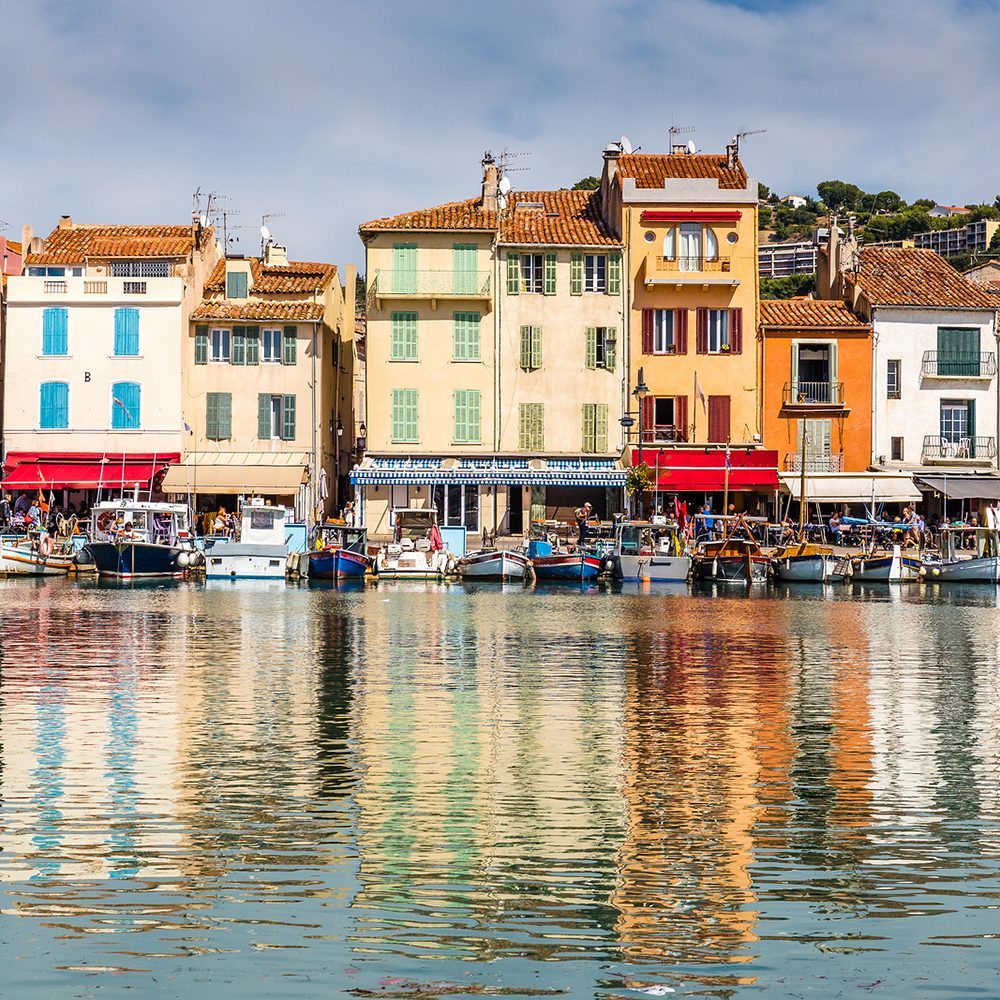
Pingback: Into the Heart of Slow Food | CountryBred | Authentic Culinary Travel
Pingback: Northern Italian Wine Country | CountryBred | Tailored & Private Wine Tours
We are wine importers for the US and we are interested in finding producers of a Vermouth that is not being distributed in the US.
Is there a resource that we may search in the Piedmont area?
Ron Traina
Pingback: Flavors of Italy: Holiday Dishes | The Bred Blog